Invasive Plants: 10 Beautiful But Invasive Perennials You Do Not Want In Your Garden
These invasive plants are all beautiful so you will be tempted to plant them in your garden. Find out which invasive species are not worth the hassle.
Since I’m in planning mode for adding a Japanese-inspired garden to my yard, I have been looking for plants that I will want to include in the space. (You can see some of my inspiration for that HERE).
And I was surprised to find that some types of Japanese maples (a requirement for a Japanese garden if you ask me) are on the Invasive Species list!
That got me thinking about all of the experiences I have had with invasive plants over the years. I know that I do not want to intentionally plant another one!
For one thing, invasive species add so much more work to the gardening process. If you read my post on low maintenance gardening, you know that even though I love my garden, I also don’t want to spend all of my free time working in it.
And the second problem is that most of these plants can easily escape your garden. When they set up shop in a natural habitat, they really cause a lot of damage to the native ecosystem.
So in the interest of sharing, keep reading to see my list of beautiful invasive plants you do not want in your garden.
Note: Whether or not these (or any other) plants will become invasive in your garden depends on the growing conditions in your area.
The plants on this list can all be found on invasive plants lists maintained by state and university extension programs. Which means they have the potential to become invasive.
But if you live in an area where the growing conditions are not favorable for the plants, they may not cause any problems…or may not grow at all 🙂
If you’re not sure how a plant will behave in your area, talk to your local nursery and other gardeners in your neighborhood to find out. Or check the Invasive Plant Atlas for North America, which provides maps of where different varieties of plants are considered to be invasive.
Purple Loosestrife (Lythrum salicaria)
This post may contain affiliate links. We make a small commission if you buy the products from these links (at no extra cost to you). As an Amazon Associate, I earn from qualifying purchases. But we only recommend products we would use ourselves. For more information, click here to see our disclosures.
Purple Loosestrife by GartenAkademie (Own work) [GFDL or CC BY 3.0], via Wikimedia Commons
Purple Loosestrife (Lythrum salicaria) is a very hardy perennial that spreads easily and can choke out a natural wetland (or field) very quickly.
The density of the shoots kills all other plants in its path, which is why it is on many invasive species lists across North America (and has even been banned in some places).
Cooper Marsh Purple Loosestrife By Saffron Blaze (Own work) [CC BY-SA 3.0], via Wikimedia Commons
This picture of the Cooper Marsh Conservation Area in Ontario, Canada shows just how invasive it can be.
Garden varieties of Loosestrife are still for sale in some places, and are sometimes included in wildflower seed packets.
Since these can cross-polinate with wild varieties to create seeds, make sure to double-check what you are buying.
If you want more information, there is an in depth article on the Minnesota Sea Grant website.
Japanese Honeysuckle (Lonicera japonica)
Forest & Kim Starr [CC BY 3.0], via Wikimedia Commons
I have never actually planted Japanese Honeysuckle, but I do have first hand experience with how invasive it is.
Some of it is growing wild in the ravine behind my house and it is impossible to keep under control. I actually think it is worse than the kudzu…and if you live in a location where kudzu grows, you know how invasive it is…
This Honeysuckle has white and yellow flowers that are really pretty, and it smells wonderful when it is blooming. But it is definitely not worth the trade off of trying to keep it from strangling all other living plants!
Once it escapes into the wild (as it inevitably seems to do), it is devastating to the environment.
Note: There are non-invasive varieties of Honeysuckle which will be just fine in your garden. It’s the Japanese version that can cause problems.
Autumn Clematis (Clematis terniflora)
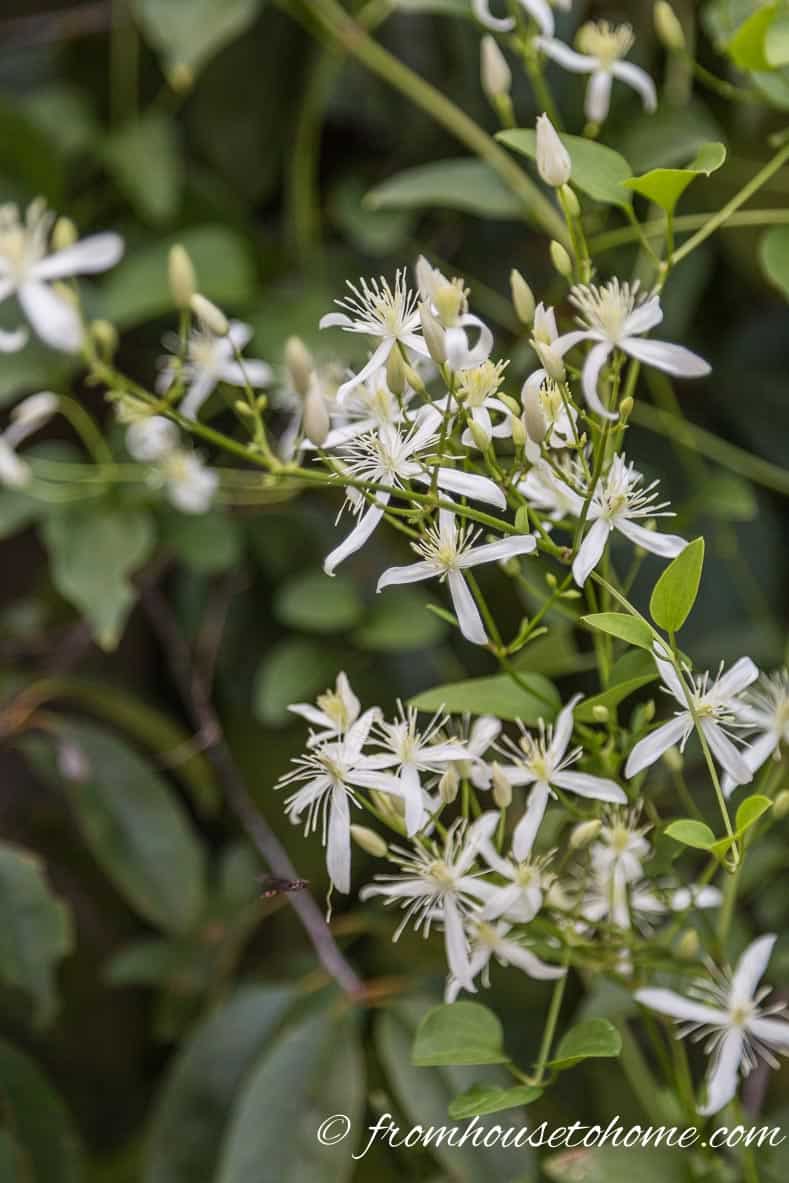
Autumn Clematis is not a plant that I ever would have guessed to be invasive. All of the other clematis varieties I have grown have always been very well behaved.
I planted this on my fence a couple of years ago, and actually it never did very much in my yard (I thought it had died). Then I was out pulling the kudzu and honeysuckle outside my fence, and saw this other vine that was growing everywhere. The blooms looked a lot like the autumn clematis I had planted, but I thought it couldn’t be the same plant.
Then I looked it up and found it on the Invasive Plant Atlas for South Carolina.
Of course, there are many non-invasive varieties of Clematis which absolutely deserve a spot in your garden, so don’t be afraid to plant those ones!
Wisteria (all varieties)
Wisteria By Dcrjsr (Own work) [CC BY 3.0], via Wikimedia Commons
I hate to add Wisteria to this list (it is really beautiful when it is blooming!)…but having lots of personal experience, I really can’t leave it off…
When I moved to South Carolina, a lot of people warned me that I shouldn’t plant Wisteria. I even had a co-worker tell me a story about over-turning a rented Bobcat trying to pull out Wisteria from the ravine at the back of his yard…but that still didn’t stop me from planting it.
I read that the Chinese (Wisteria sinensis) and Japanese versions (Wisteria floribunda) of Wisteria were invasive (you can find them on the Plant Conservation Alliance’s Least Wanted Vines list), but the American variety (Wisteria frutescens) was not on the list. So how bad could it be? (I have since found out that only non-native plant varieties are classified as “invasive”. So because this is a native variety, it isn’t on the list.)
Now that I have it growing in my garden, I can vouch for the fact that once it gets going, even the native variety grows like crazy.
It starts out as a little plant, and it takes a little while to get going…but once it does, look out! You have to be really vigilant about pruning to keep it where you want it. The picture above was taken in the spring after I had completely cut the wisteria down to the ground in the fall. By the time it started blooming, it had completely covered the fence.
Then if you ever want to remove it, good luck 🙂 I tried to dig up a plant at the back of my yard 7 or 8 years ago, and I am still pulling rogue Wisteria plants out of the garden in that spot. The lesson learned is…if you love the look of Wisteria as much as I do, you need to be prepared to do some work to keep it contained!
Maybe I should just stick to the painted kind…like I did in my office a while back (you can see the instructions for that project here).
Lily of the Valley (Convallaria majalis)
Lily of the Valley By H. Zell (Own work) [GFDL or CC BY-SA 3.0], via Wikimedia Commons
Lily of the Valley is a pretty woodland plant that blooms in the spring and has a wonderful perfume.
They are very easy to grow and will spread like wild fire…which is the first reason you don’t want them in your garden.
But the second (and maybe more important) reason is that these plants are extremely poisonous. Any pets or children (or even adults) that eat part of the plant will require medical treatment for poison.
Periwinkle (Vinca minor)
By Forest Wander from Cross Lanes, USA (Forget me not flowers) [CC BY-SA 2.0], via Wikimedia Commons
Periwinkle is an easy to grow evergreen ground cover that does well in the shade and is covered with really pretty blue flowers in the spring.
Sounds great, doesn’t it?
However, it also will overrun every other plant in your garden if you let it.
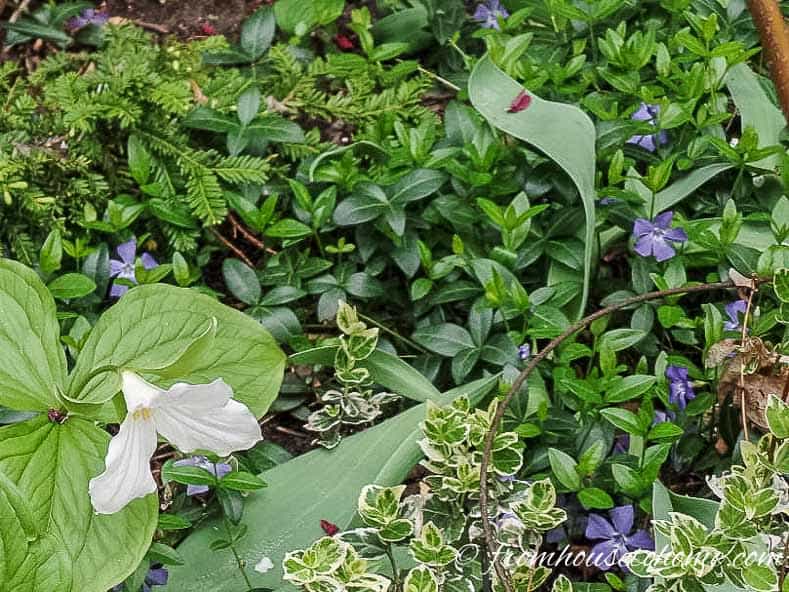
It starts out well mannered and seems like the perfect plant to add some interest underneath other plants in your garden.
But after if has become established (which takes a few years), it will start to grow up the stems of other plants and choke out any smaller plants in its way…except for the weeds which still seem to survive. You can see it in the background of this picture…it is beginning to get to the “takeover” stage.
This is another plant that I have spent many years trying to eradicate from my garden…without success so far…
Non-Clumping Bamboo (Phyllostachys aurea)

Ever since I saw this bamboo forest on Maui, I have loved the look (and sound) of bamboo.
It adds such a relaxing feel to the garden.
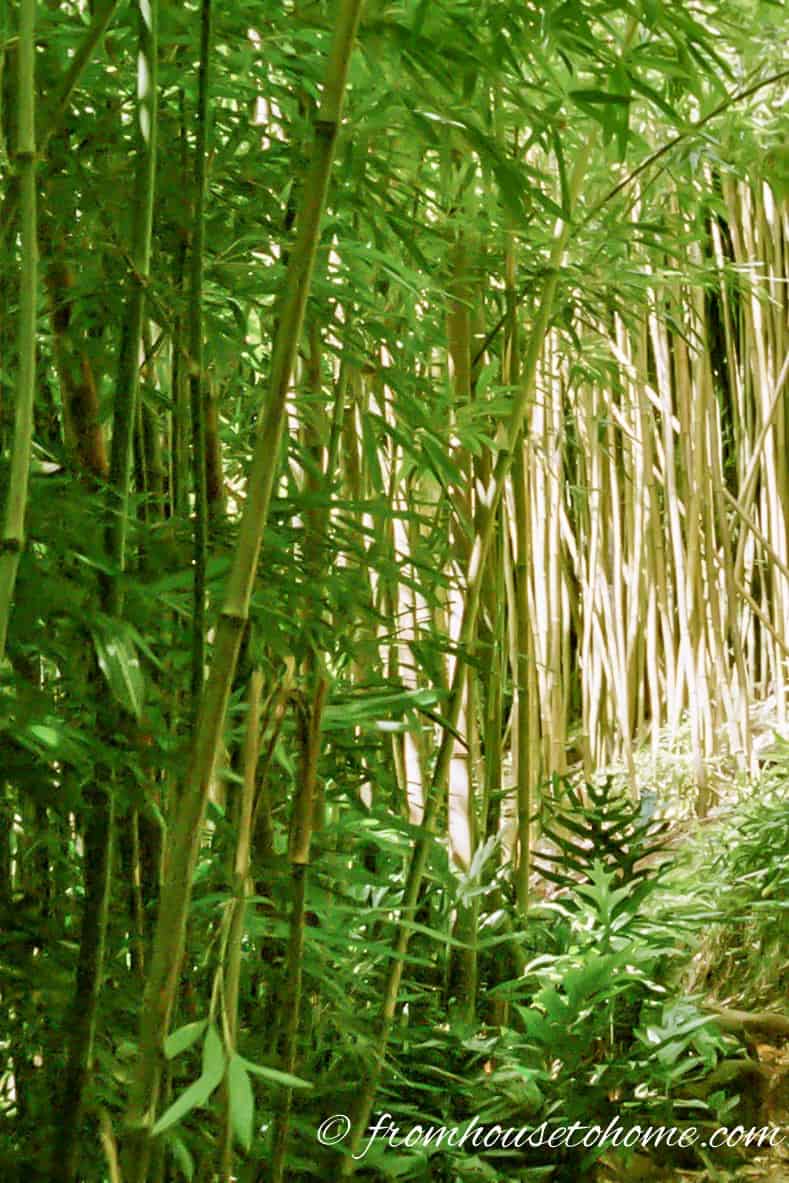
And then I saw the bamboo that had been planted along the railway tracks in South Carolina to act as a sound barrier…and has now taken over whole backyards. It is incredibly difficult to remove or contain once it has become established.
Since bamboo is part of the grass family, it is literally like grass on steroids. If you’ve ever tried to keep a running variety of grass (like Bermuda) out of your garden, you know how hard it is. Then think of trying to do that if the grass were the size of a bamboo plant!
There are some clumping bamboo varieties that are not as invasive, so make sure you plant one of these if you want bamboo in your garden.
Pampas Grass (Cortaderia selloana)

Pampas Grass is another large perennial grass that looks beautiful and is very easy to grow.
It also grows very quickly into a large clump and will self seed freely.
And that’s where the problem starts. It can easily crowd out all other plants if you are not vigilant about keeping it in check. Then if you try to dig it up, it has a massive root system that is very difficult to remove.
English Ivy (Hedera helix)
English Ivy by MurielBendel (Own work) [CC BY-SA 4.0], via Wikimedia Commons
Like a lot of people, I used to love using English Ivy in my hanging baskets. It always looks so nice trailing over the edge of the pot.
But if even one little piece of it touches the ground, you will have more ivy than you know what to do with.
That’s also what makes it so hard to get rid of…you have to remove every little bit of it from the ground or it will grow back.
Carpet Bugleweed (Ajuga reptans)
As the name suggests, Carpet Bugleweed (Ajuga reptans) is another ground cover that on the surface seems like a great addition to your garden.
Low growing, evergreen with purple-green leaves, and beautiful blue-purple flowers. And then it starts to spread and it’s impossible to pull out…the roots are in there, and like the ivy, any little piece left in the ground will grow.
In fact, in my yard, it not only takes over the garden but will totally cover the sidewalk, too if I let it.
If you are looking for a more comprehensive list of invasive plants, try the Invasive Plant Atlas for North America. The site was developed by The University of Georgia – Center for Invasive Species and Ecosystem Health and the National Park Service, and is maintained by several university, state and federal extension programs.
invasive.org is another organization that maintains a database of all kinds of invasive organisms (not just plants) for North America.
Both sites provide maps with each plant listing that let you know where the plant is considered to be invasive.
Other Plants You Might Like Better
Do you have experience with any other types of invasive plants? Tell us in the section below.
Pin It So You Don't Forget It!

This post was originally published on January 13, 2017 but was updated with new content on September 15, 2022.

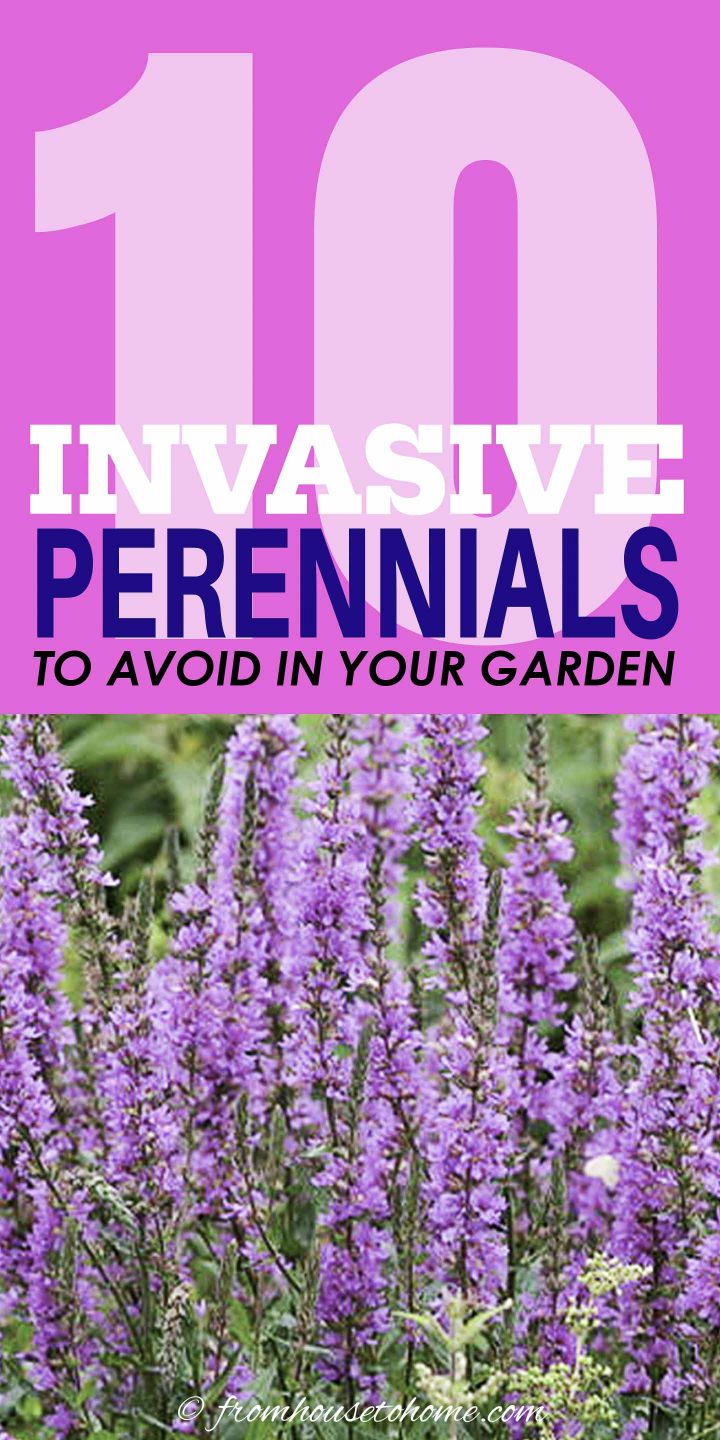
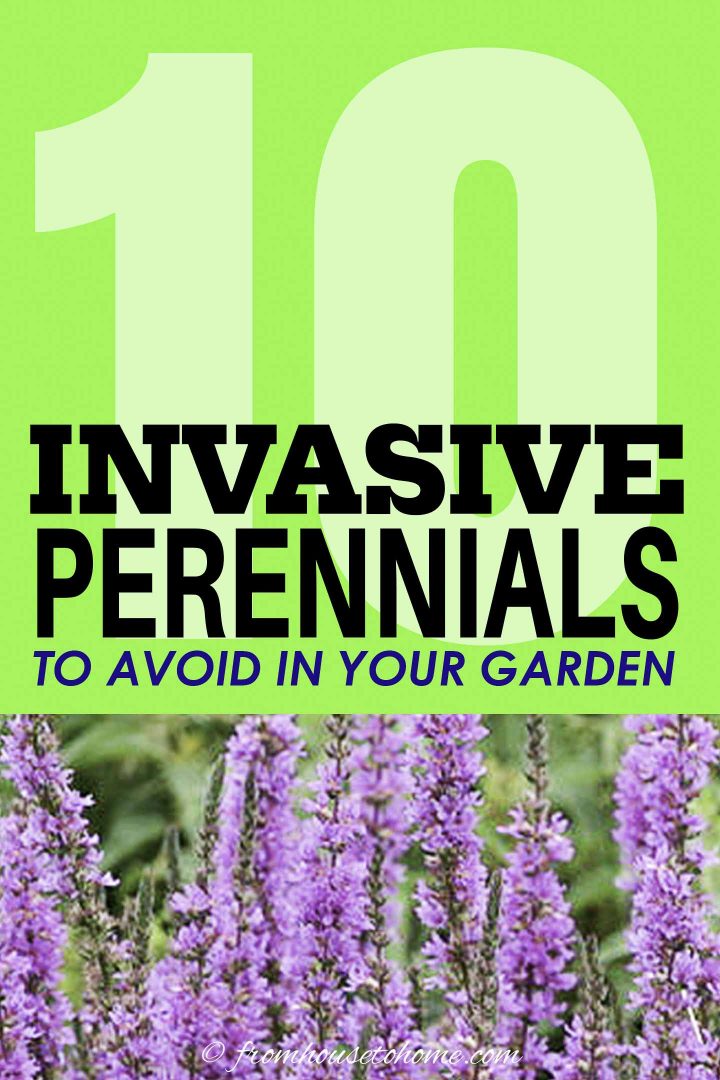
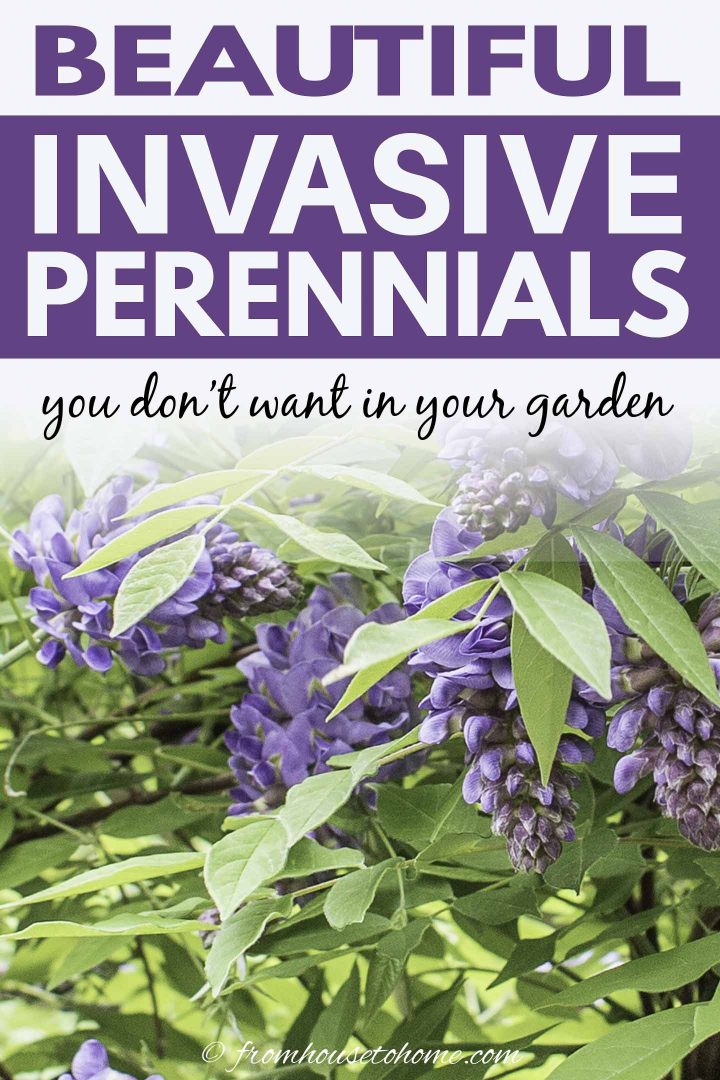
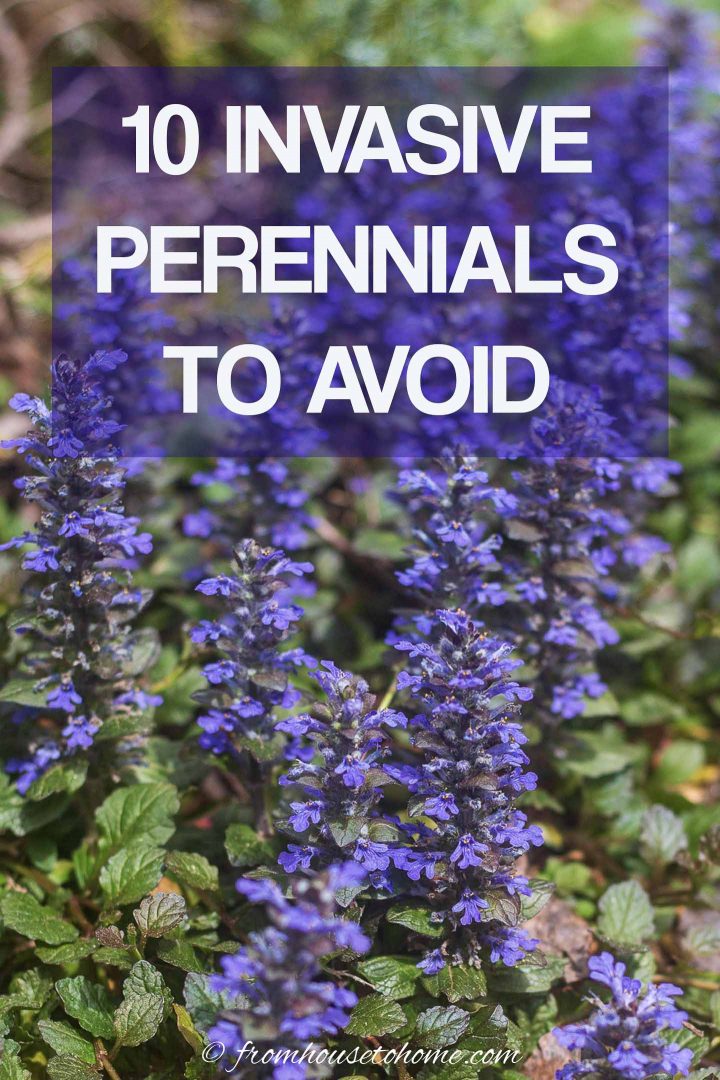

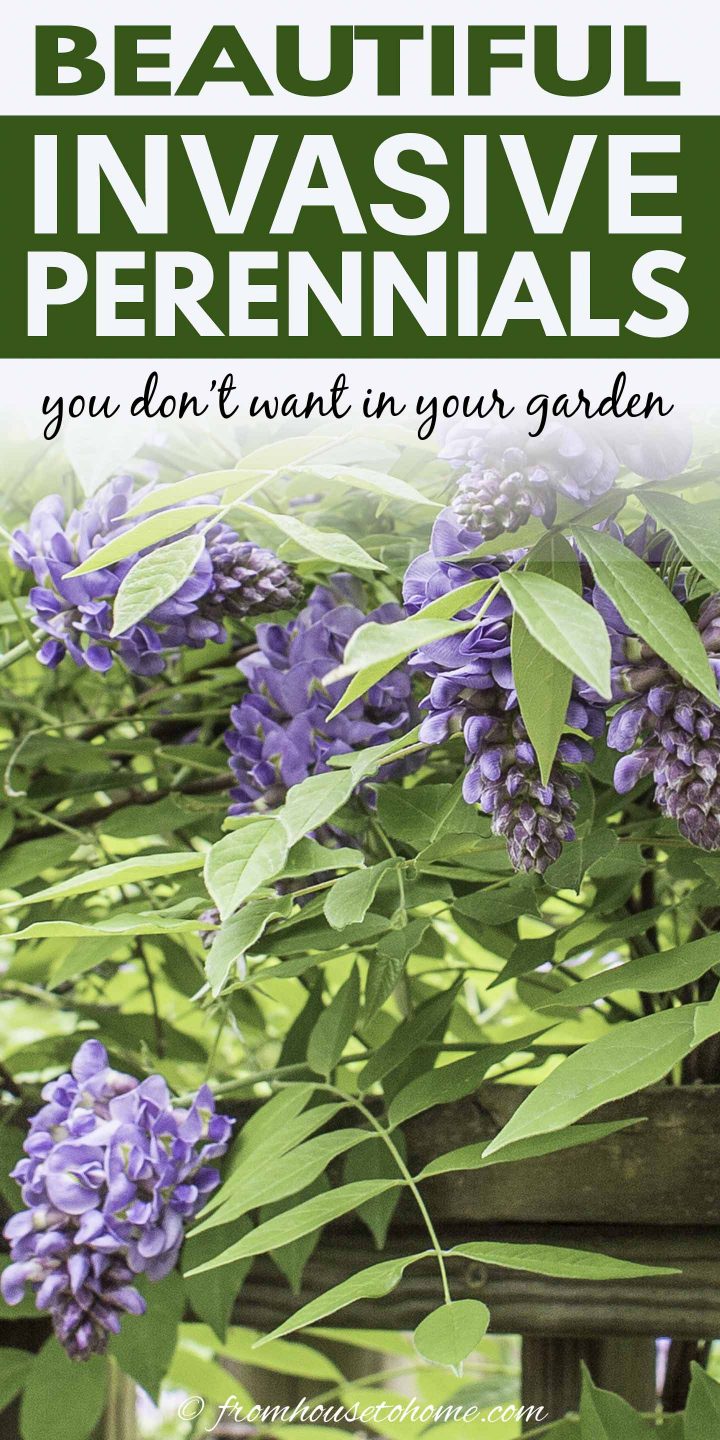
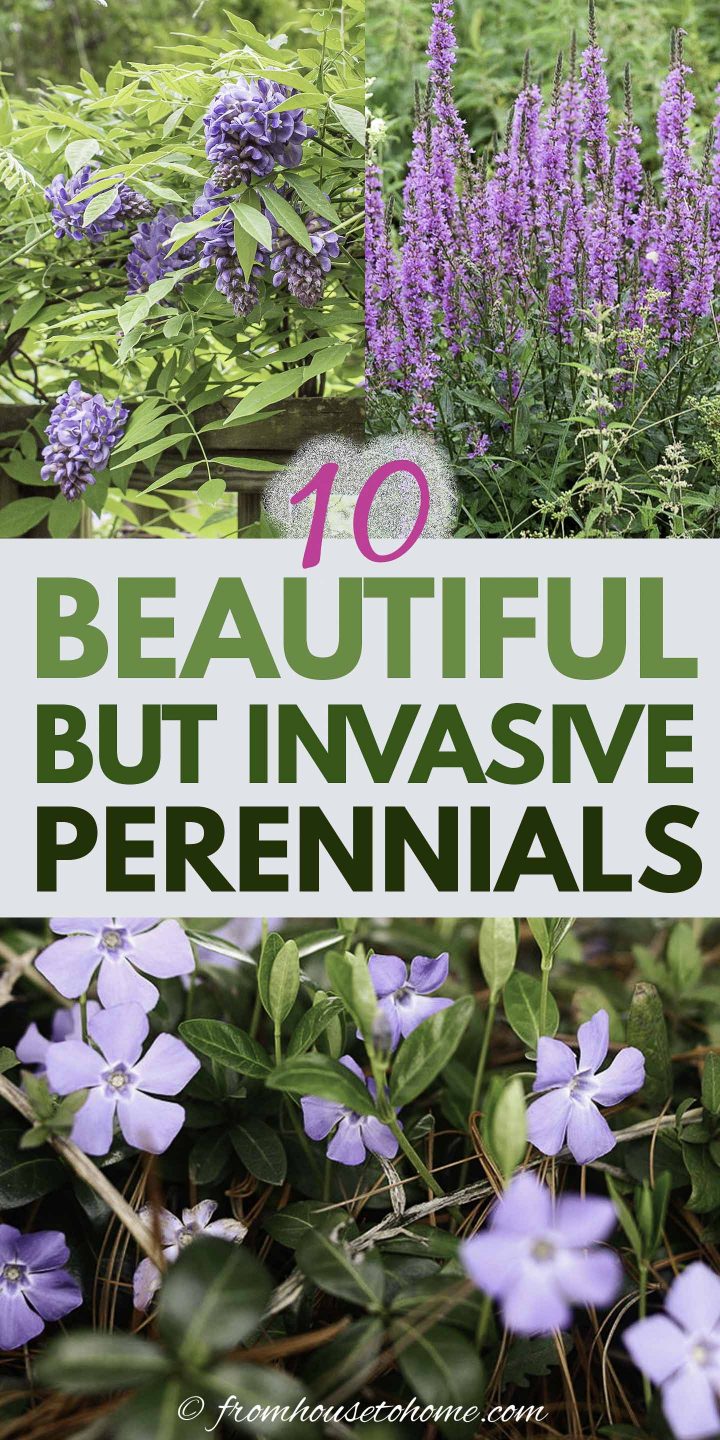
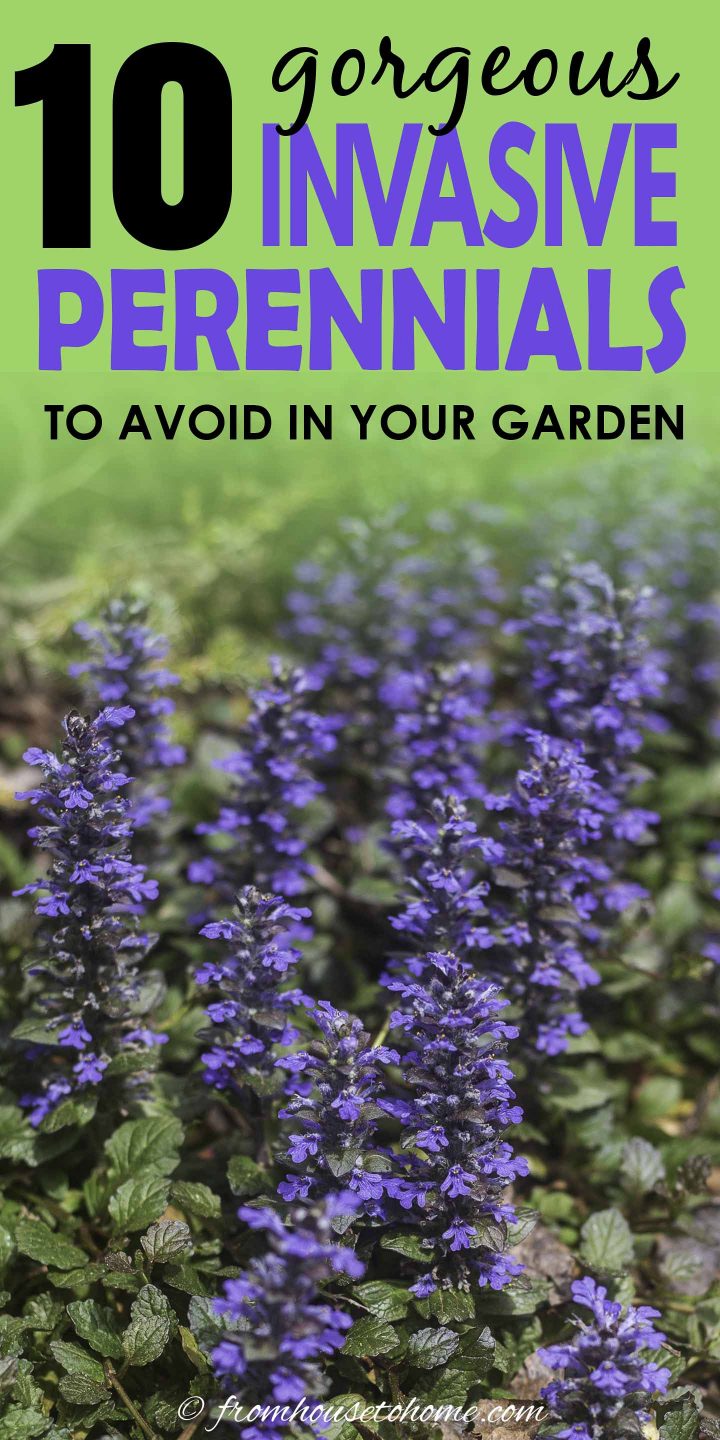
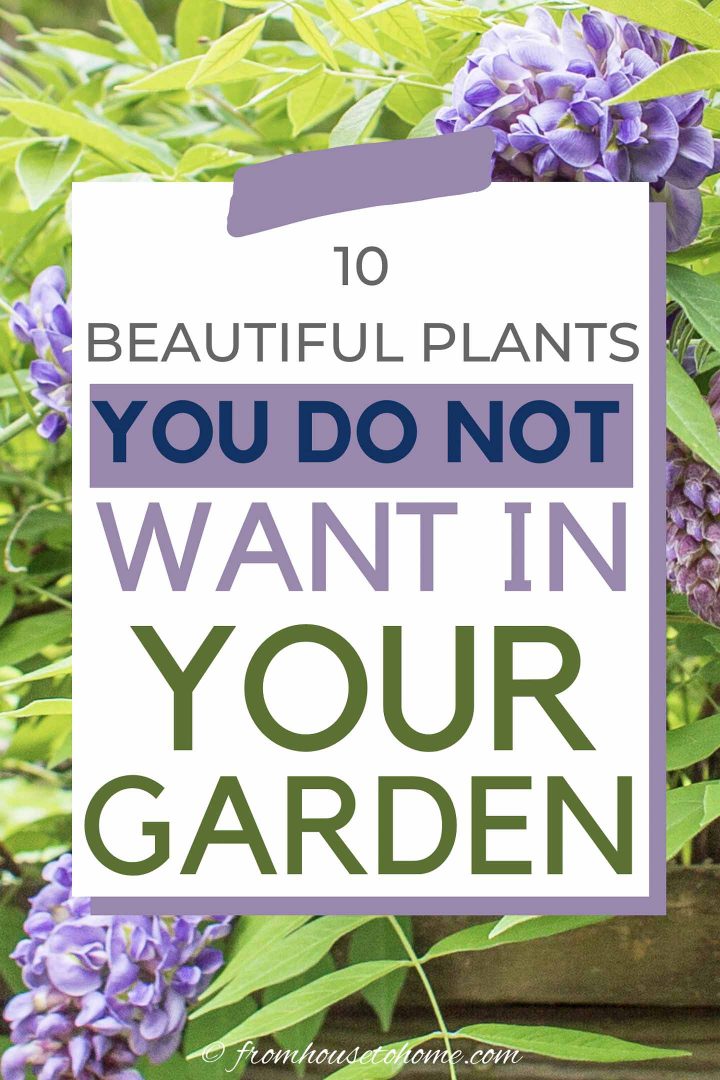
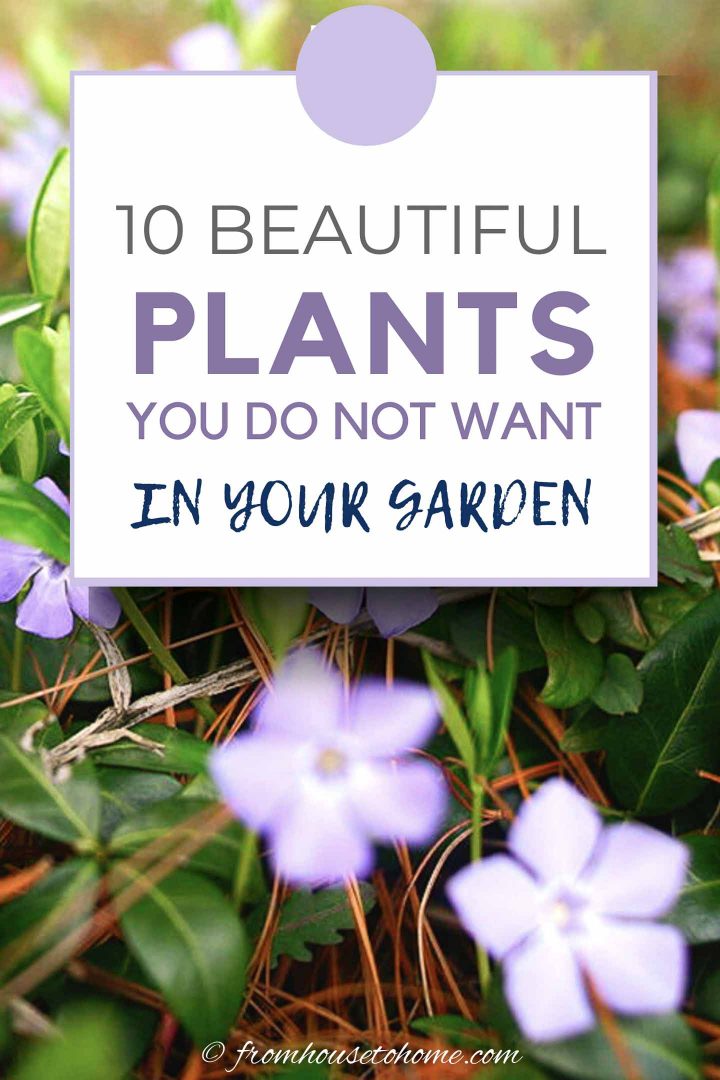


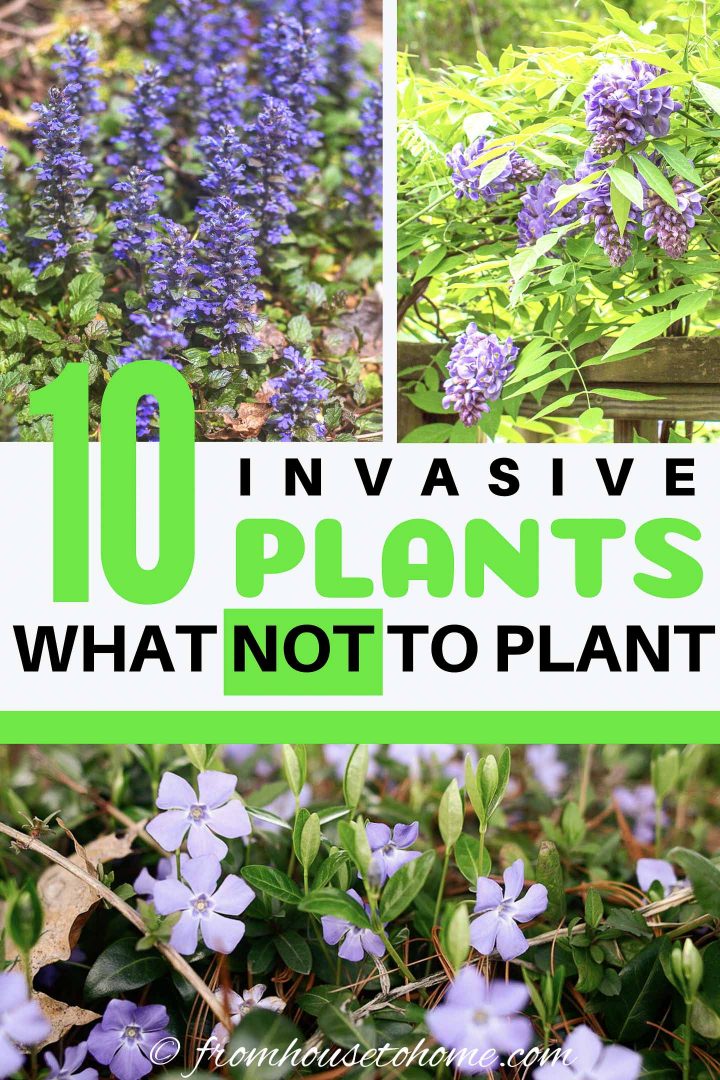
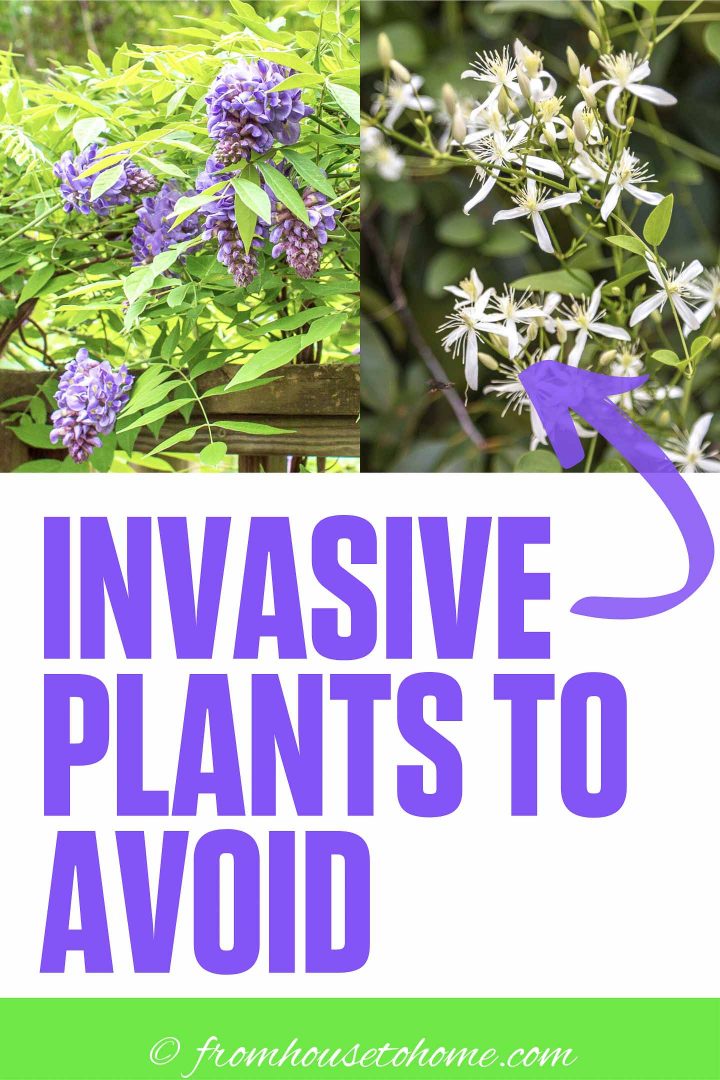
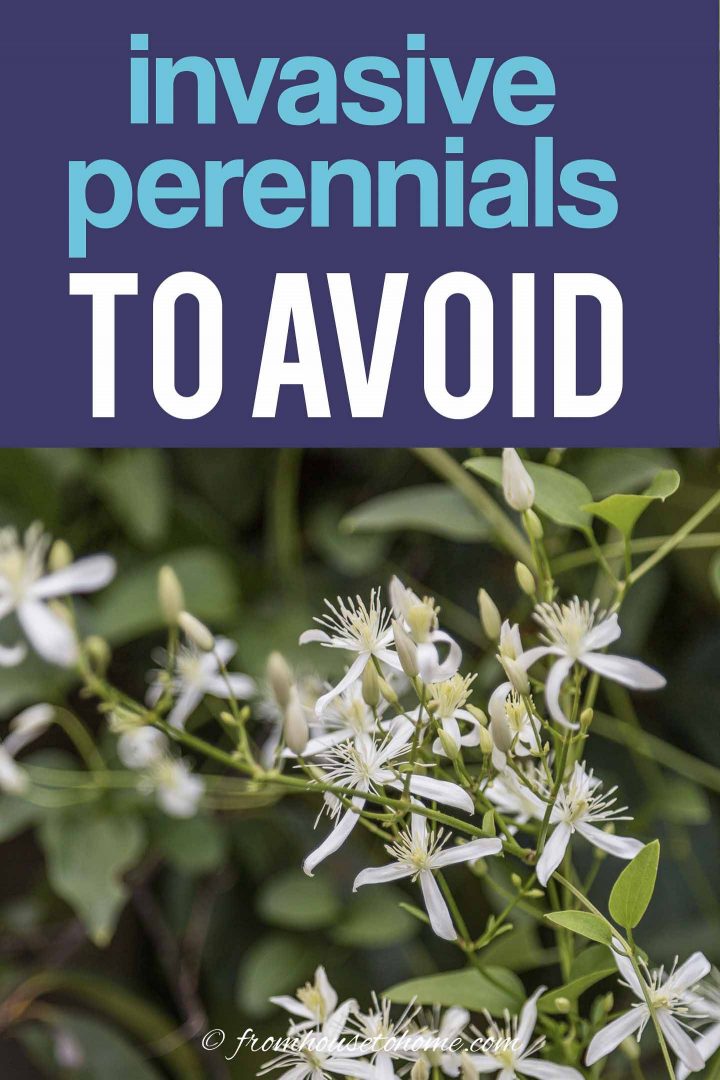
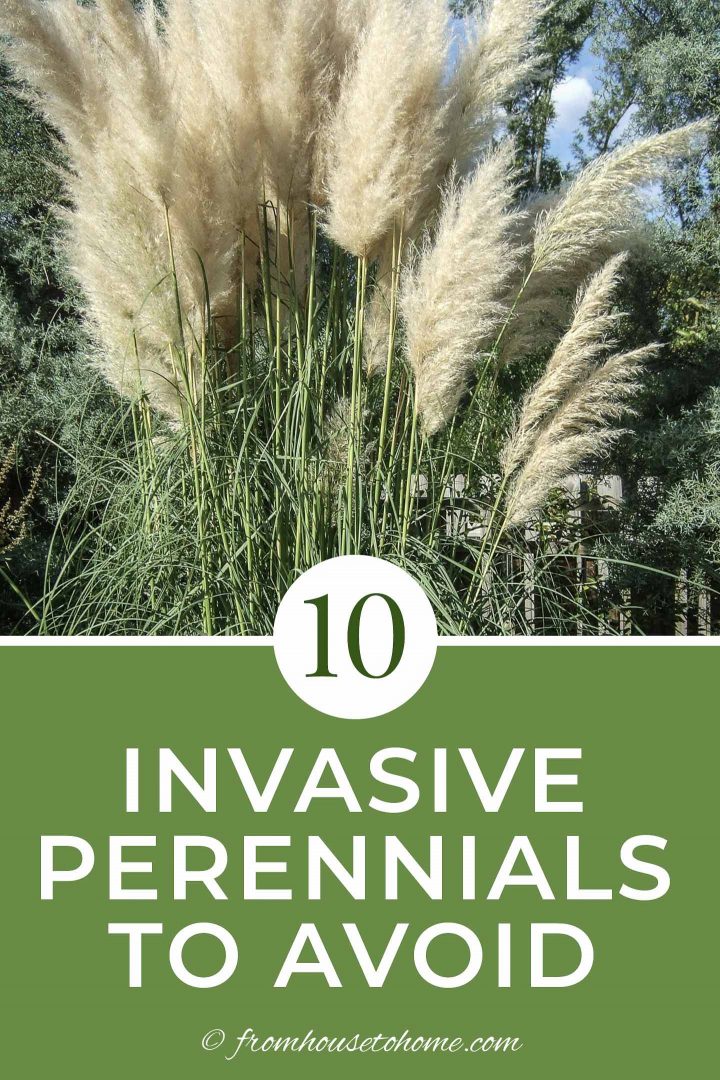
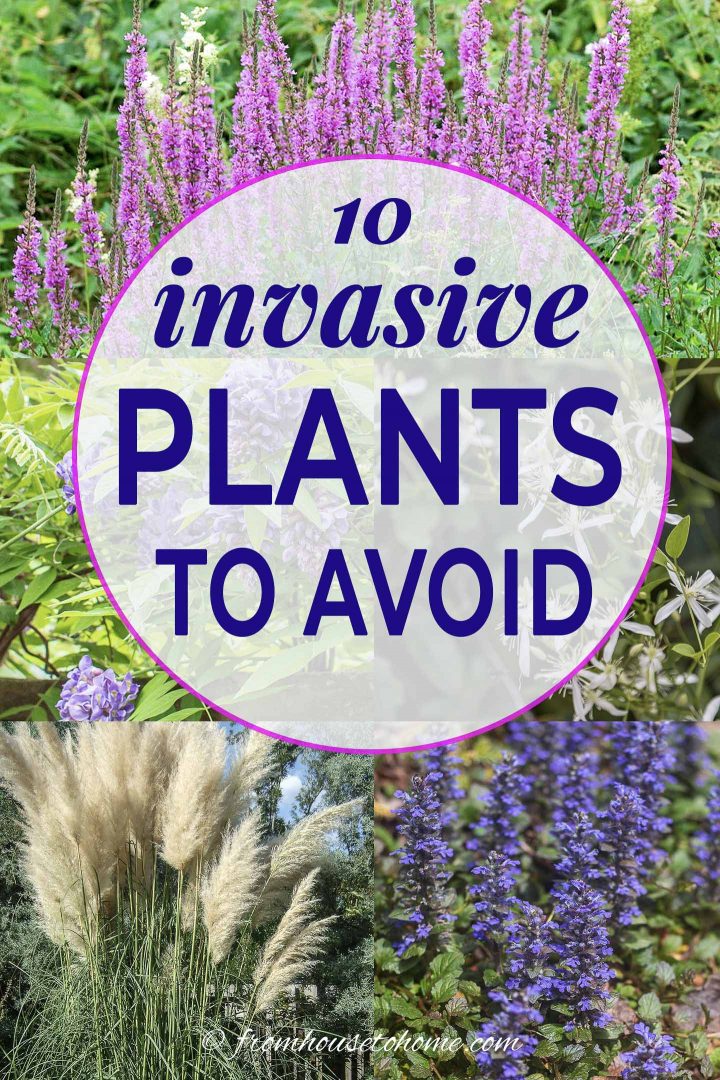
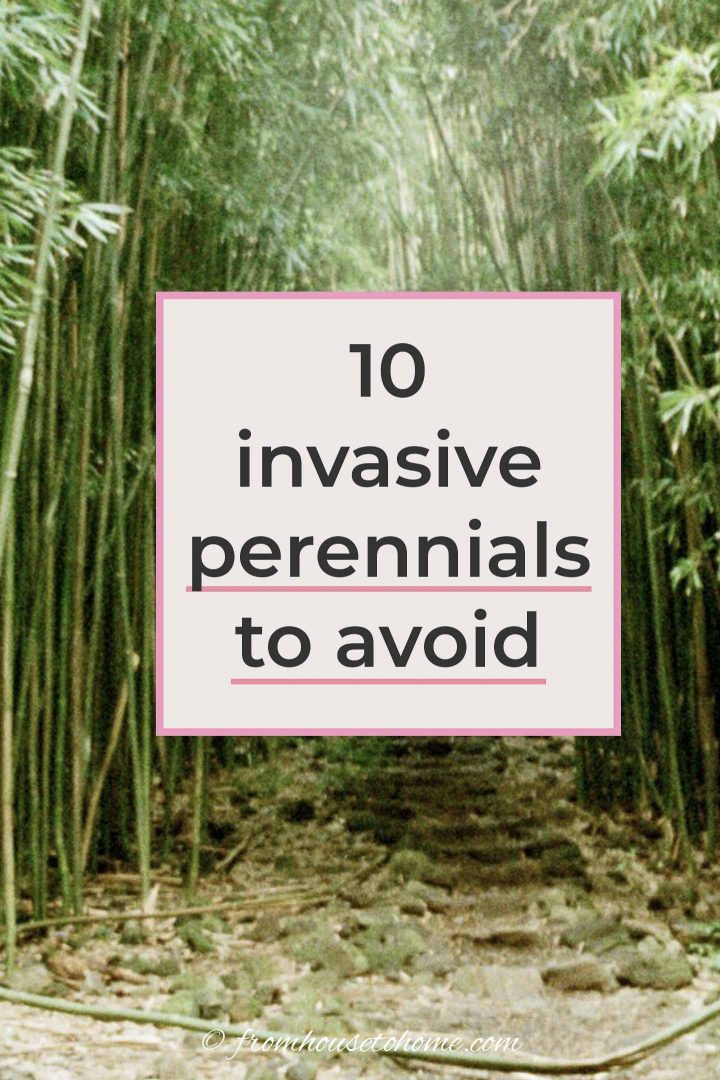
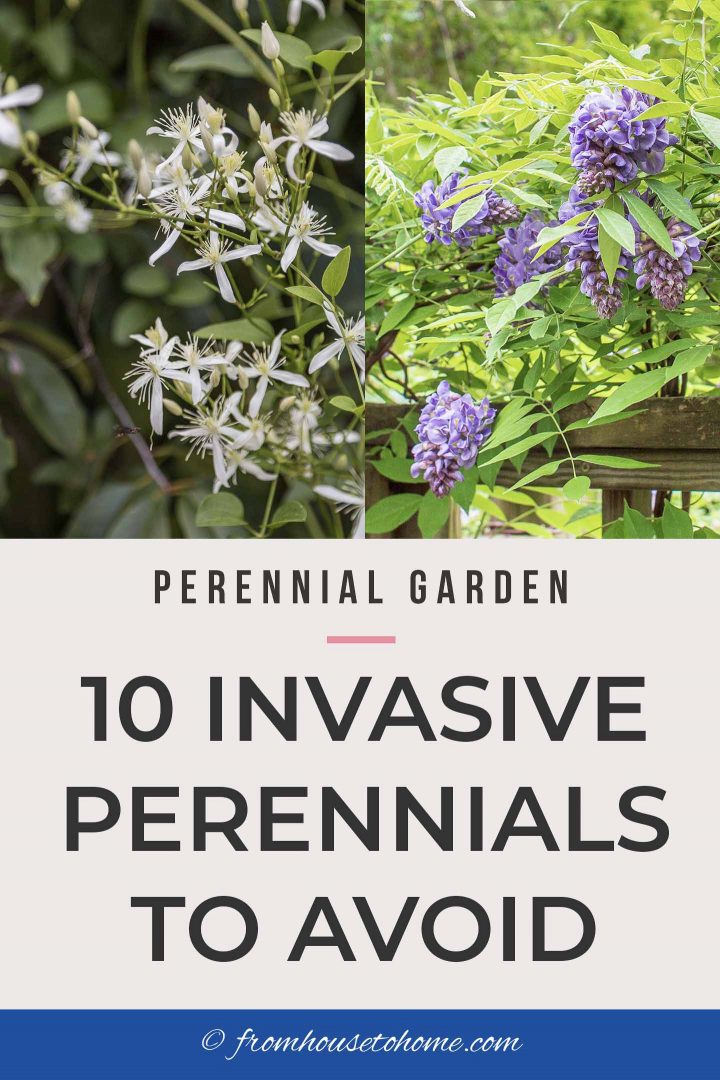

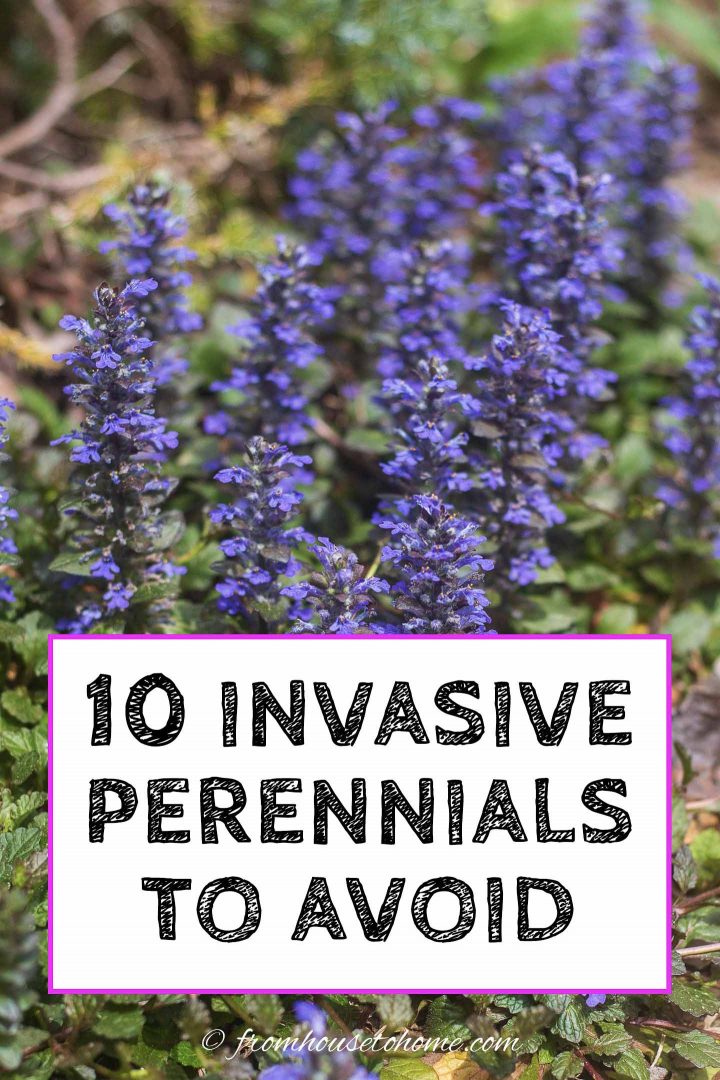
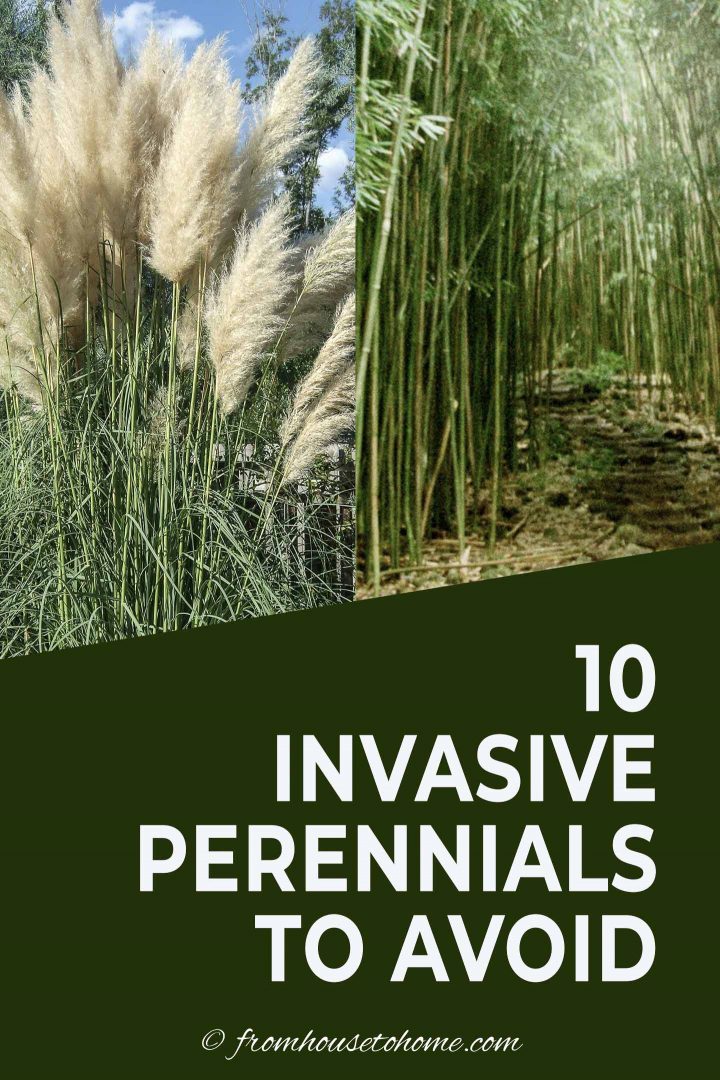
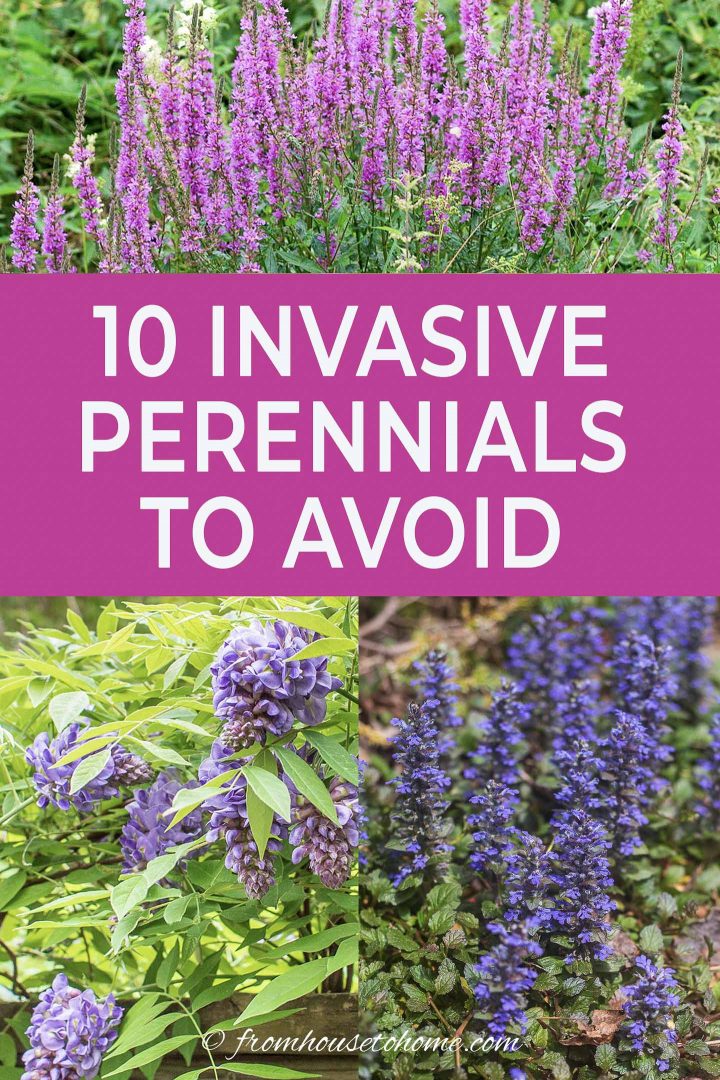
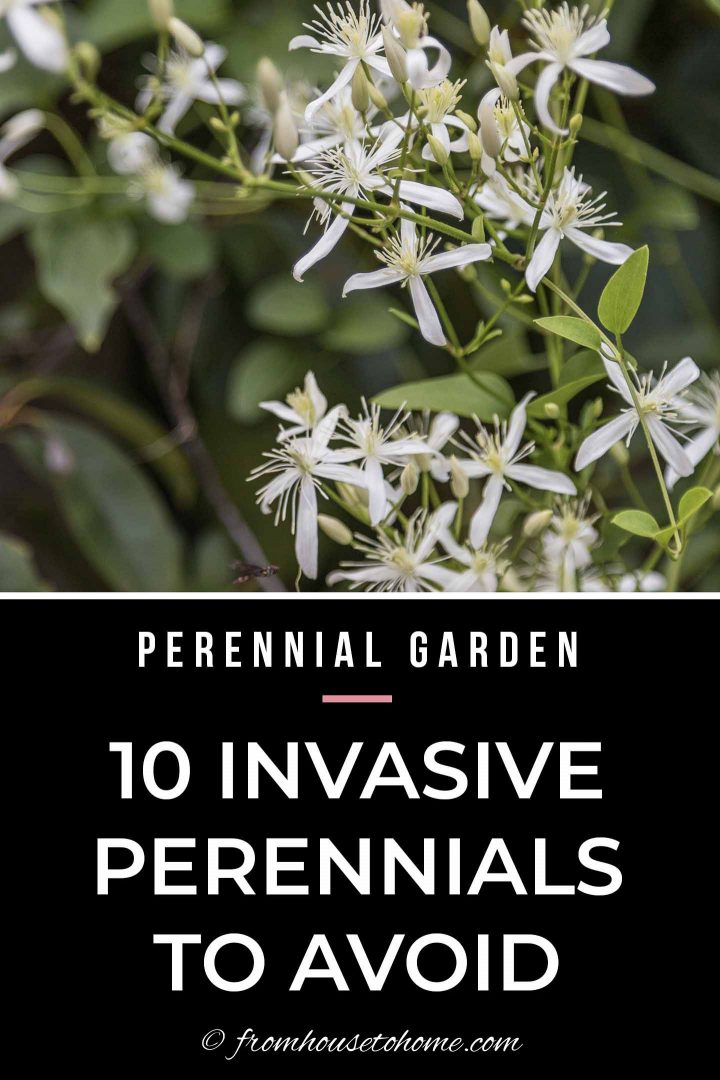
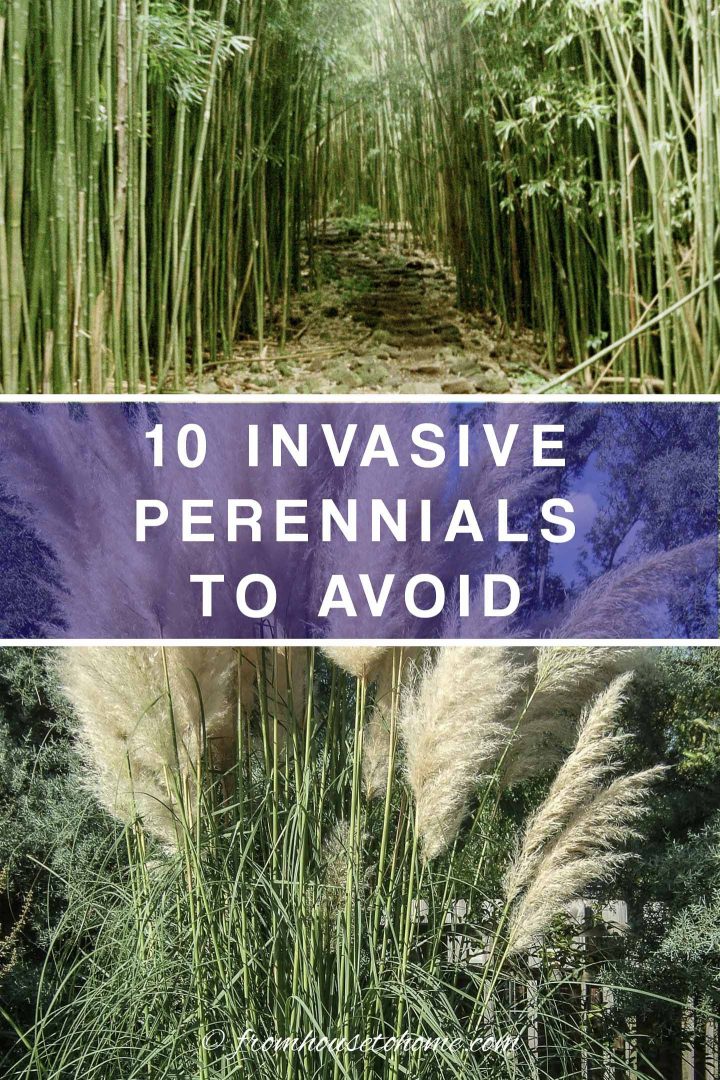
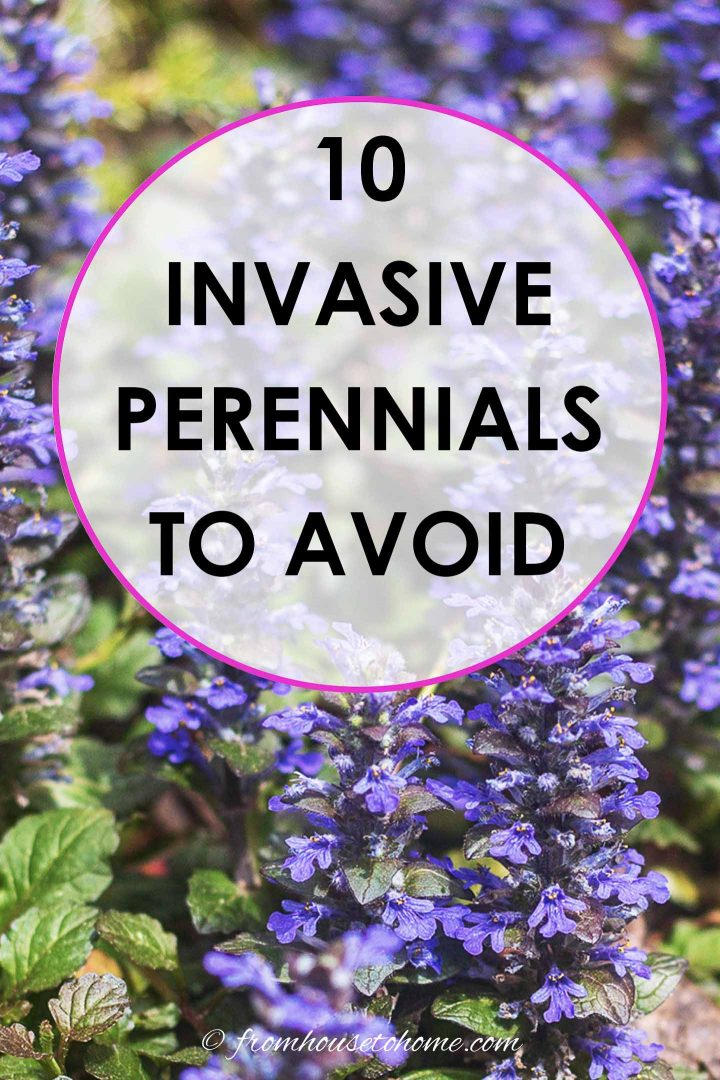
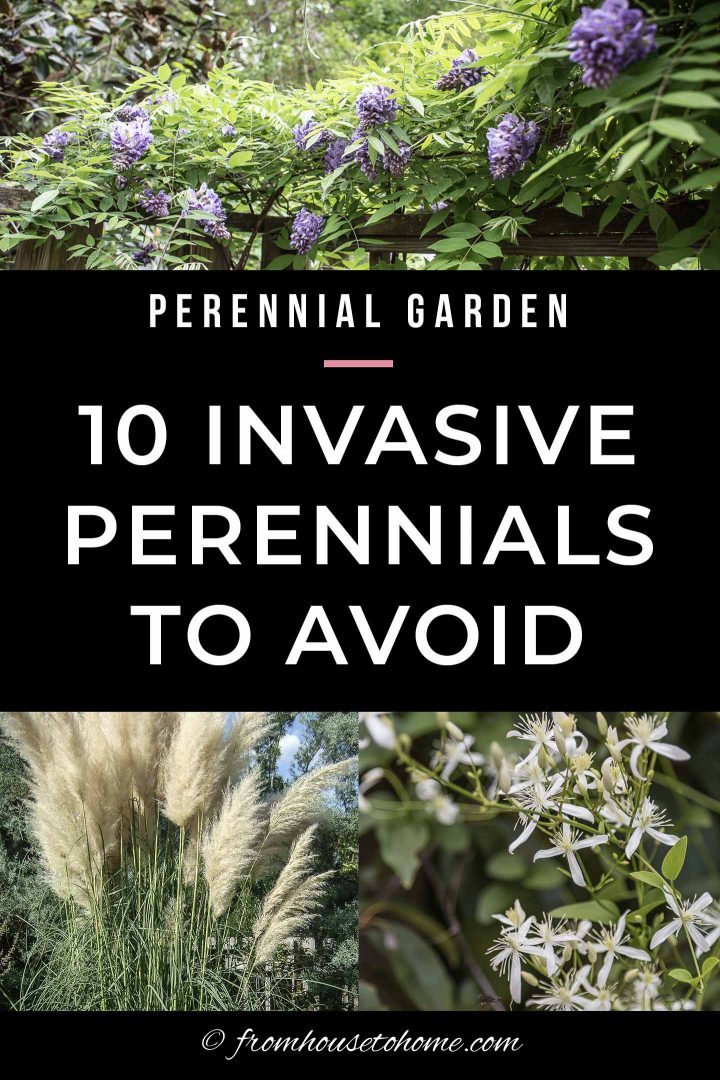
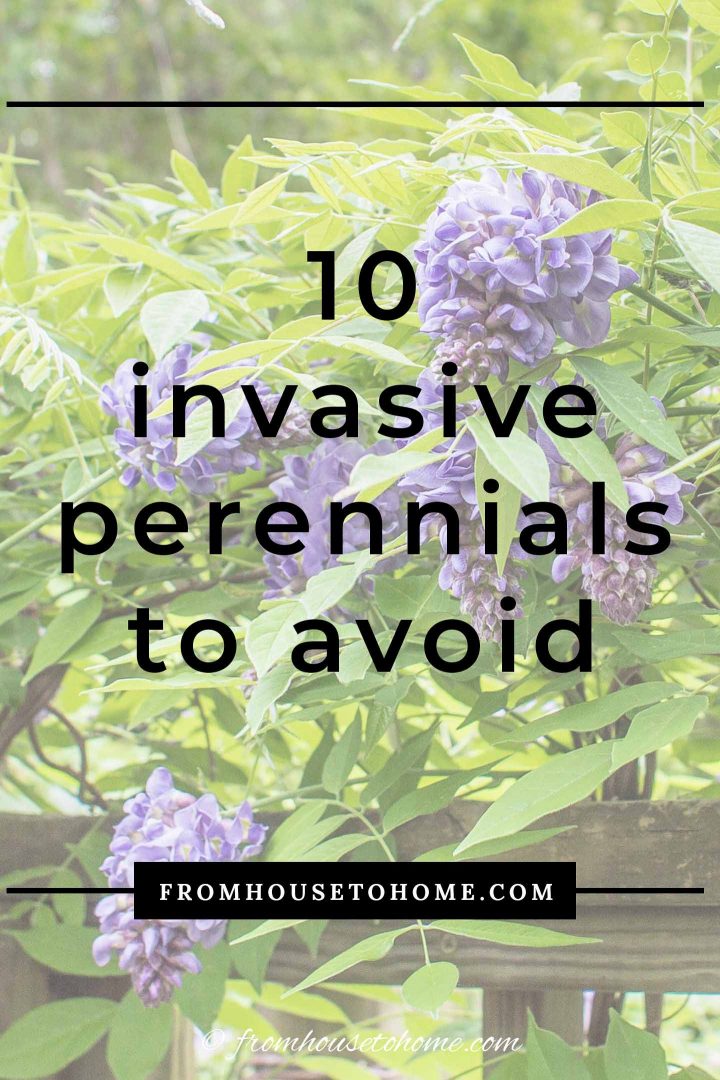
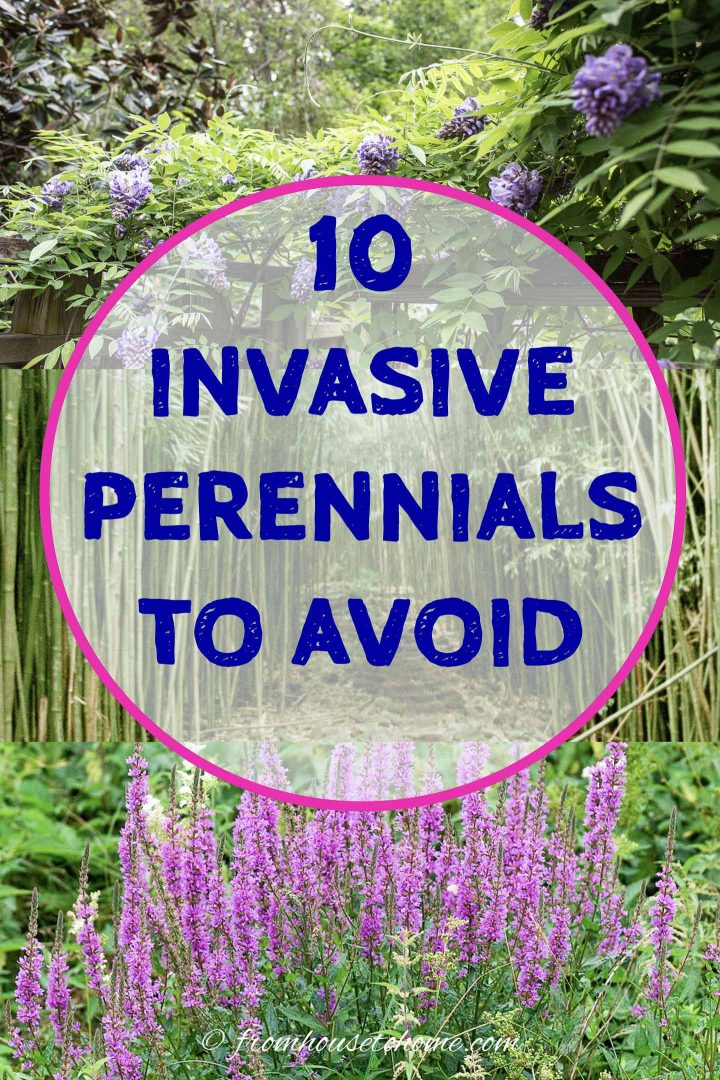
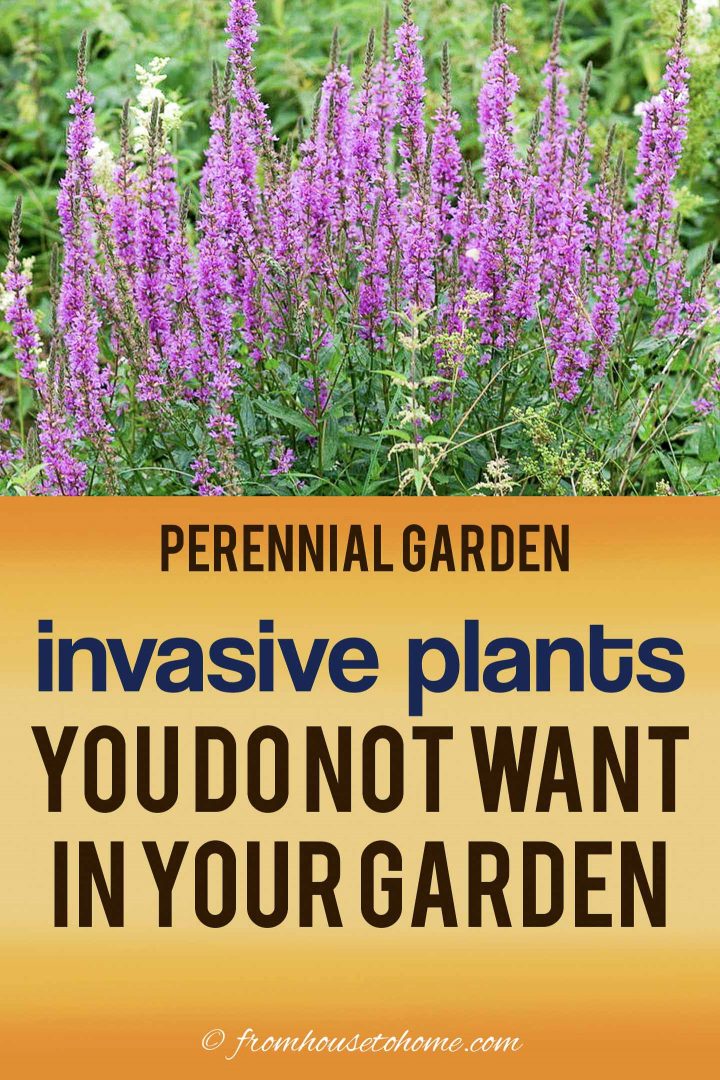
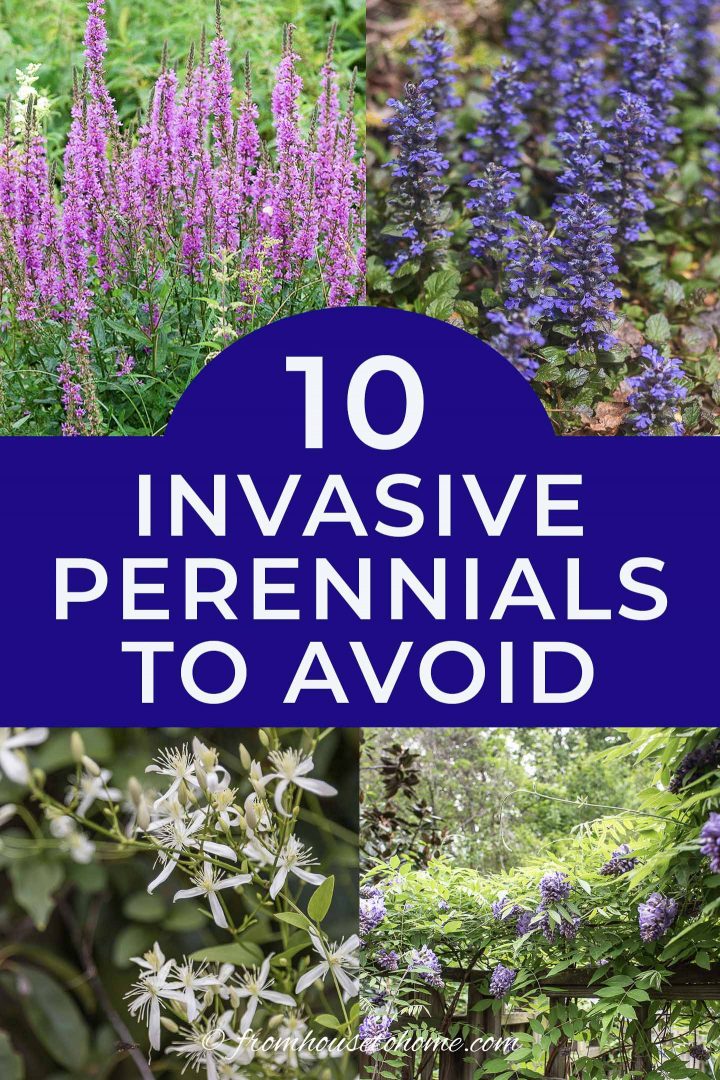
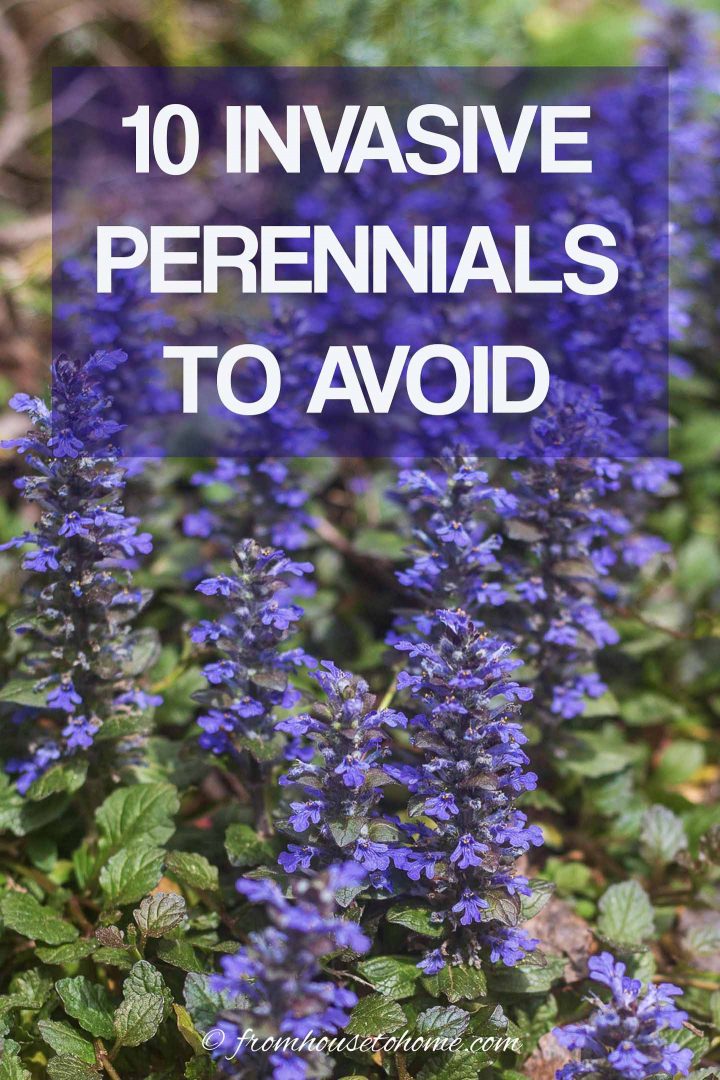
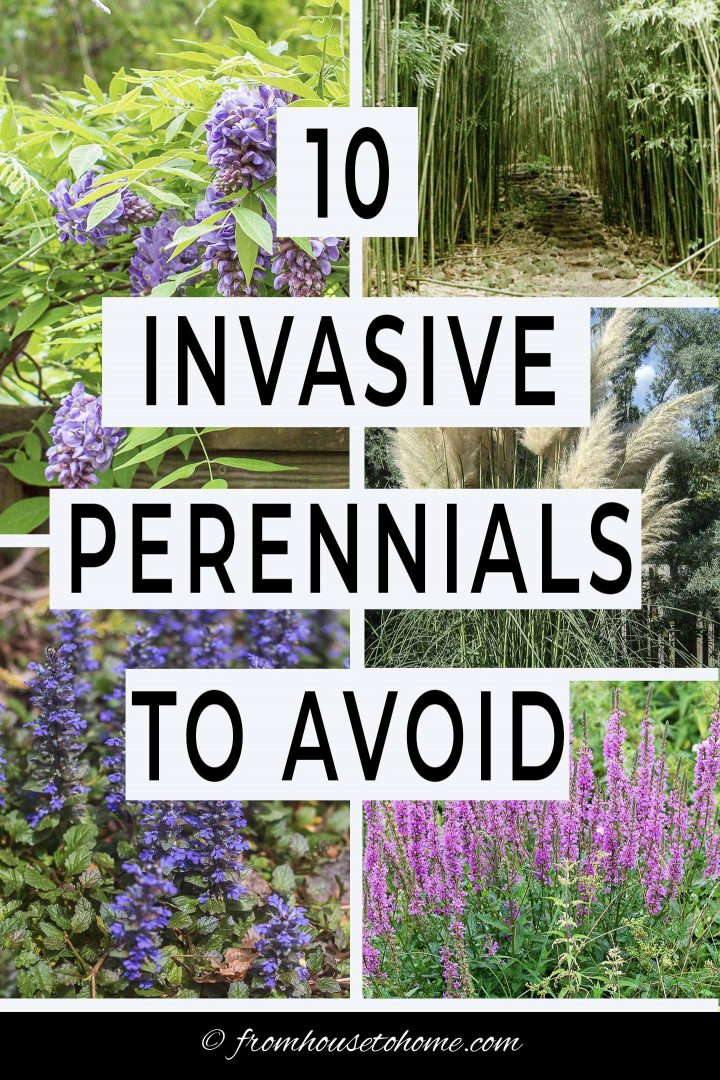
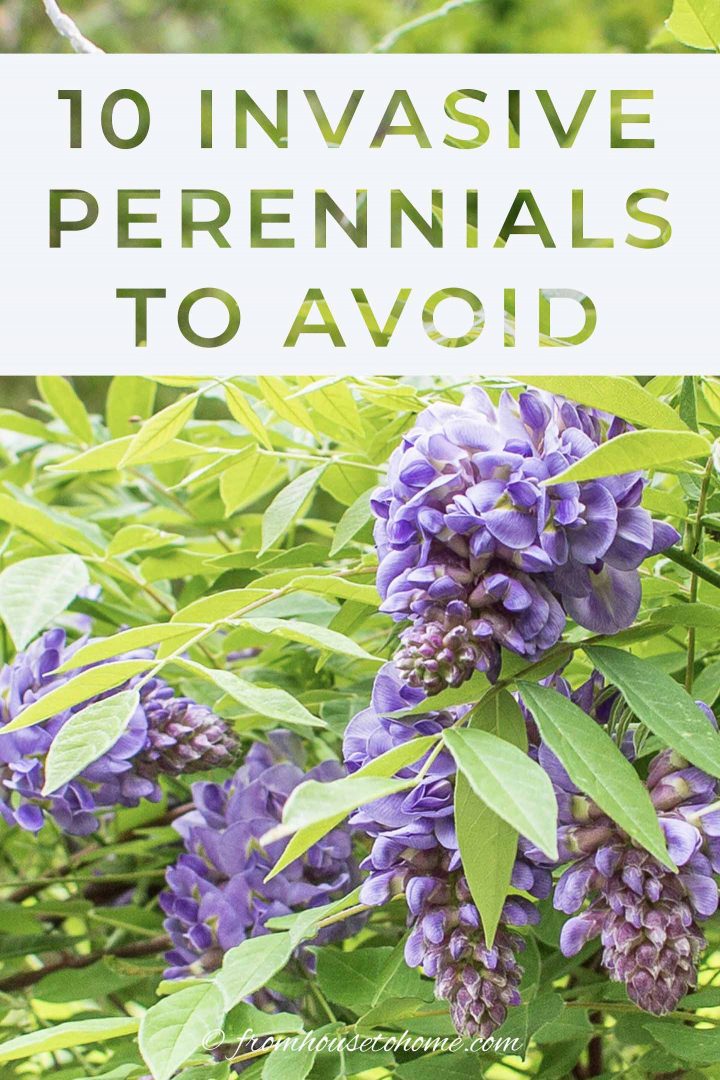
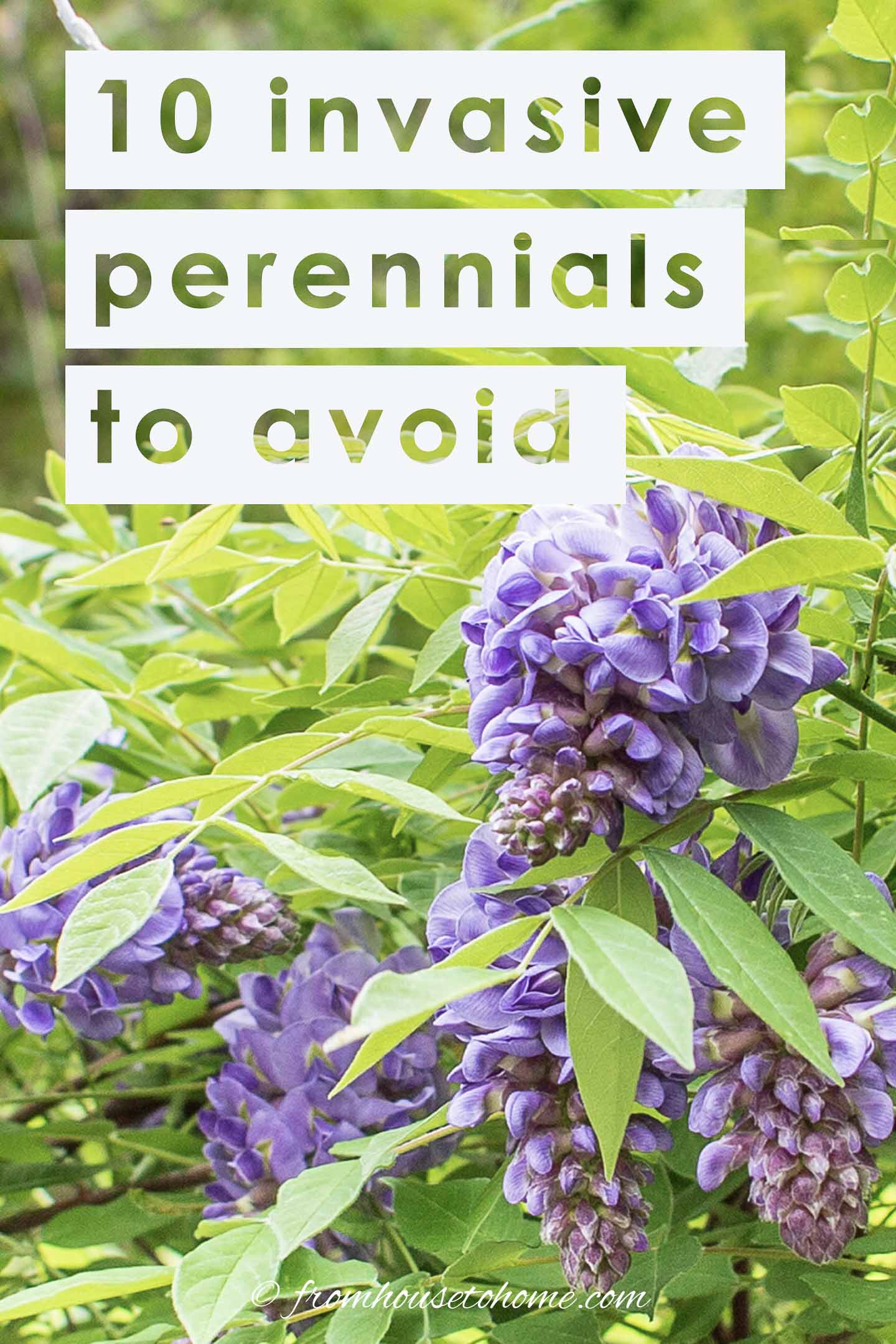
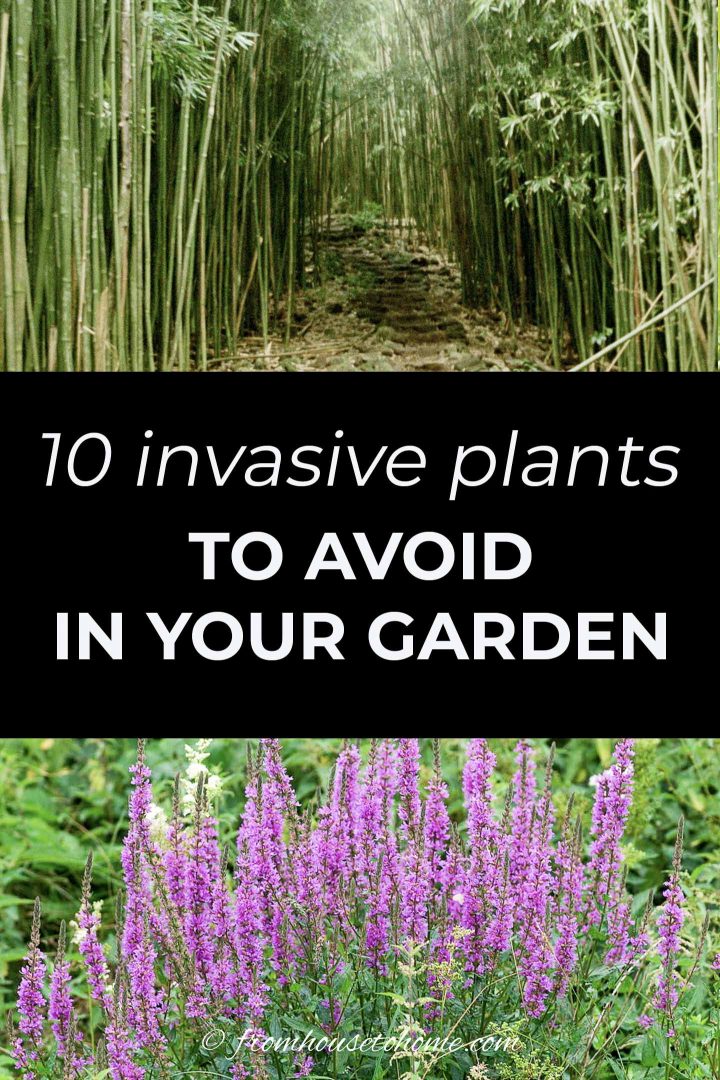
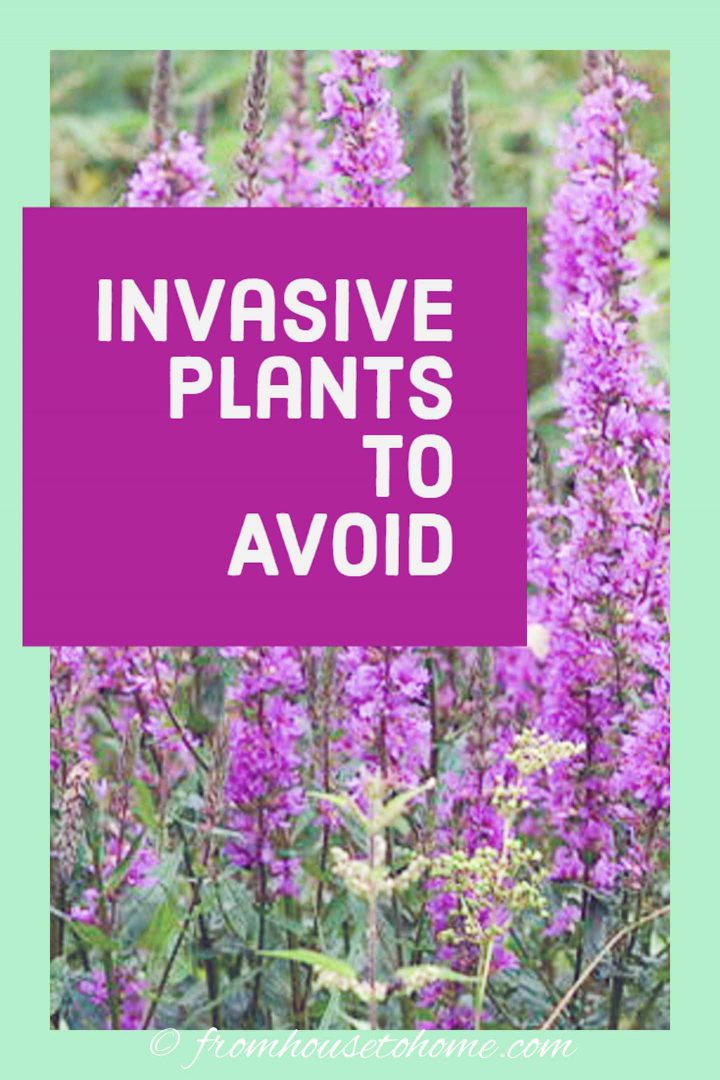
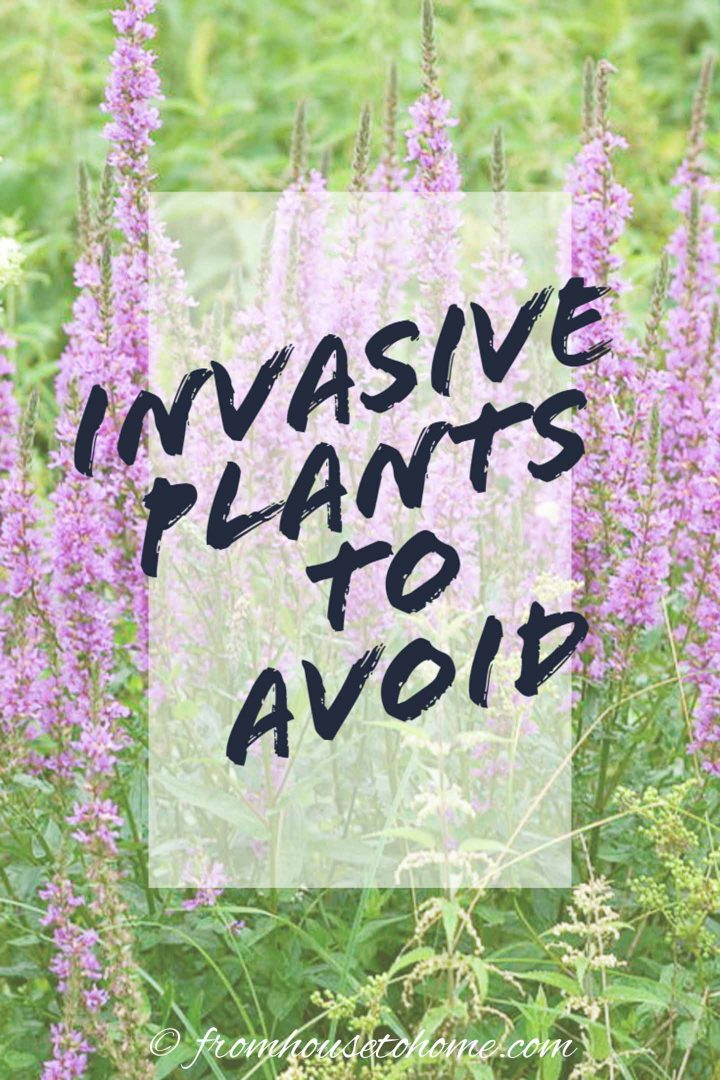
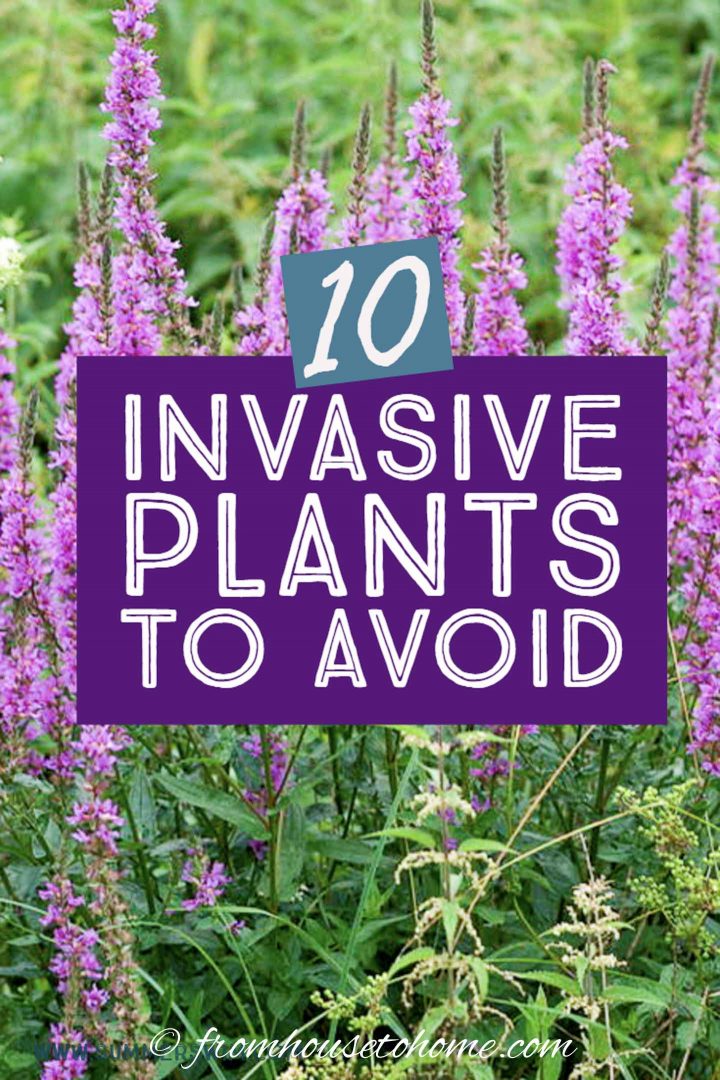
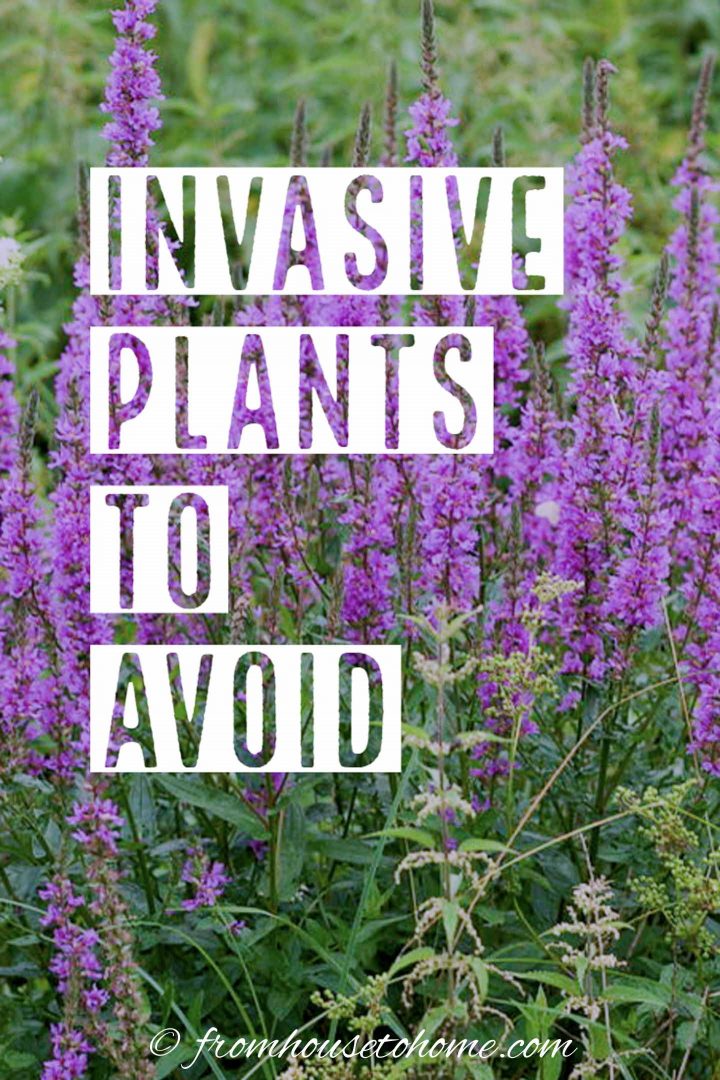
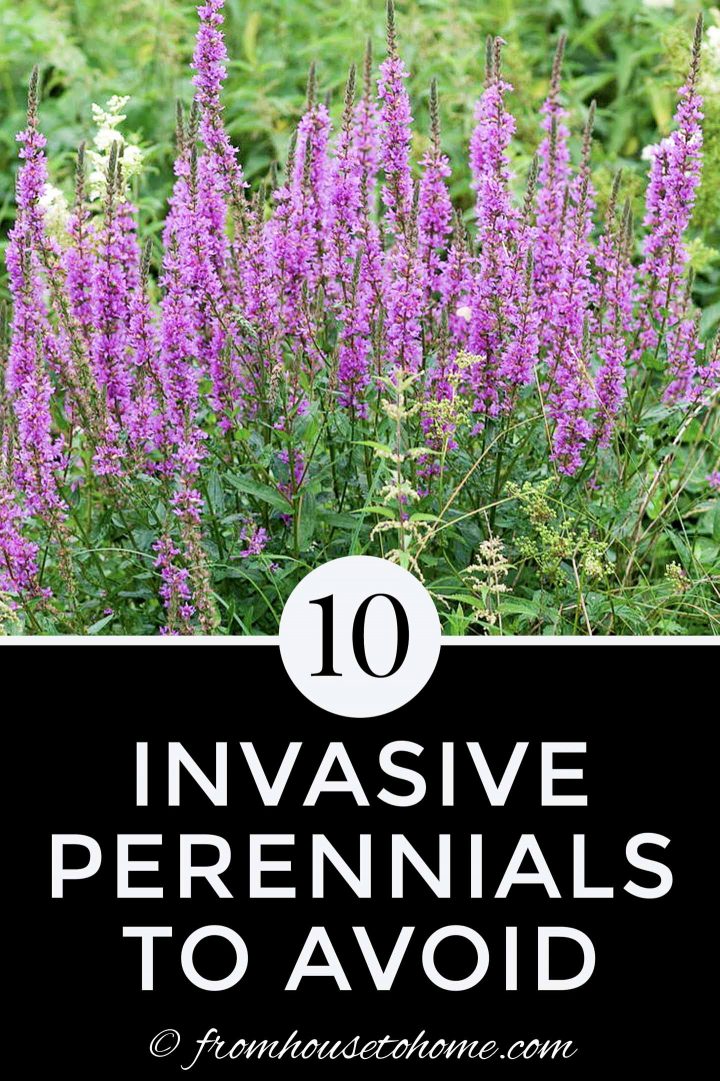

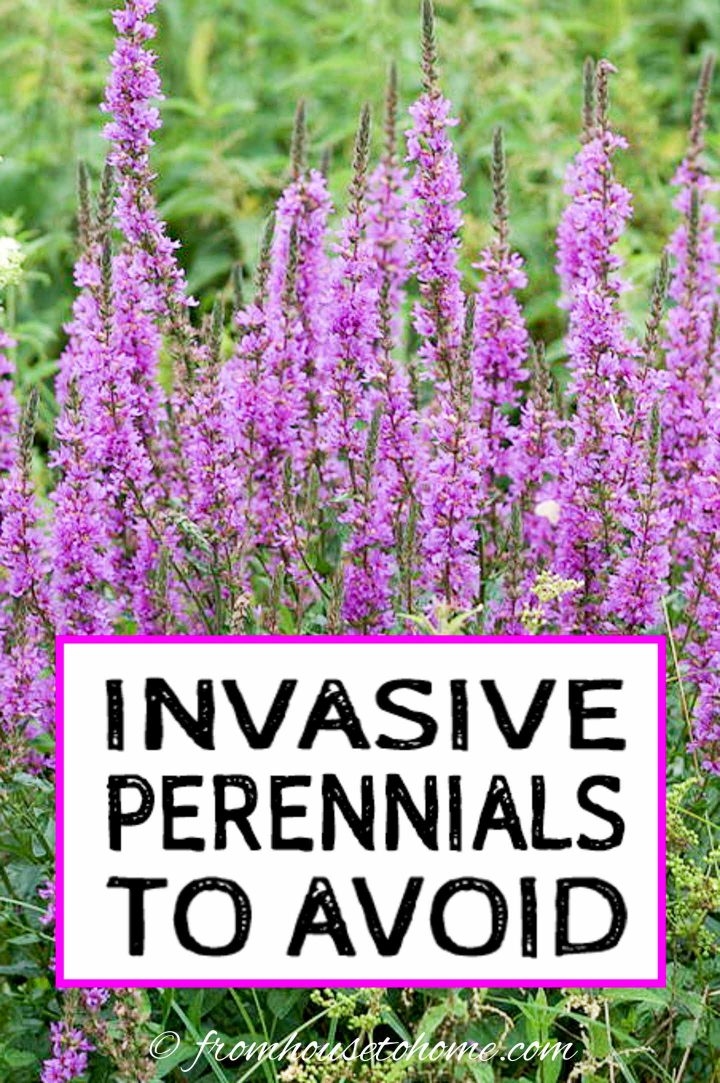
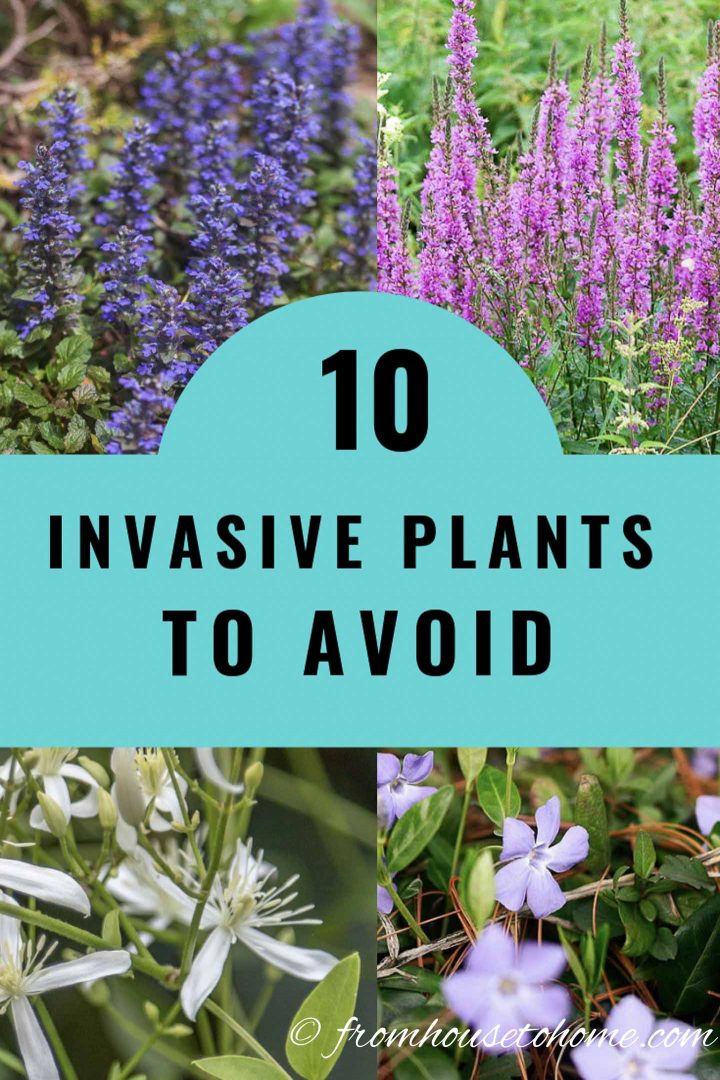
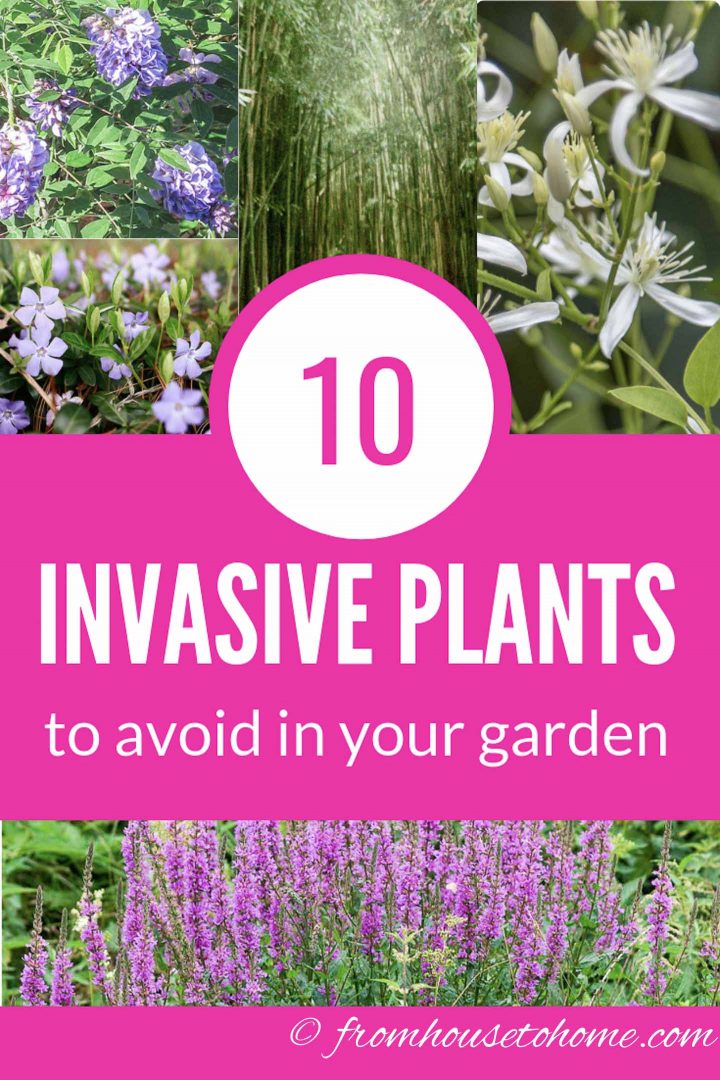
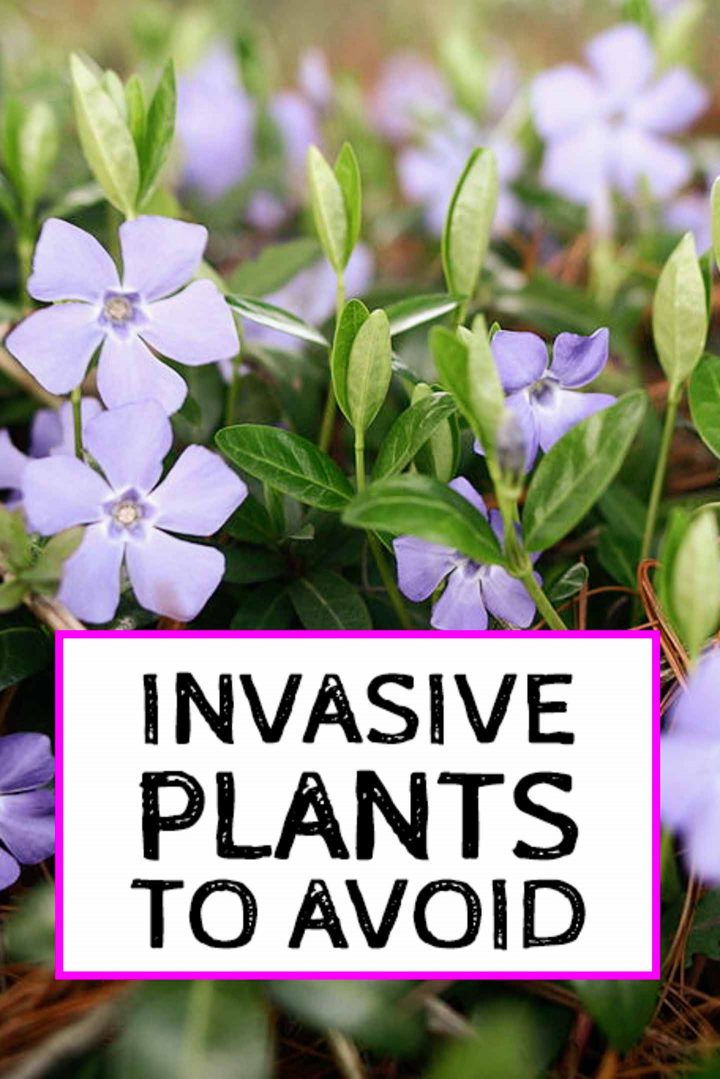
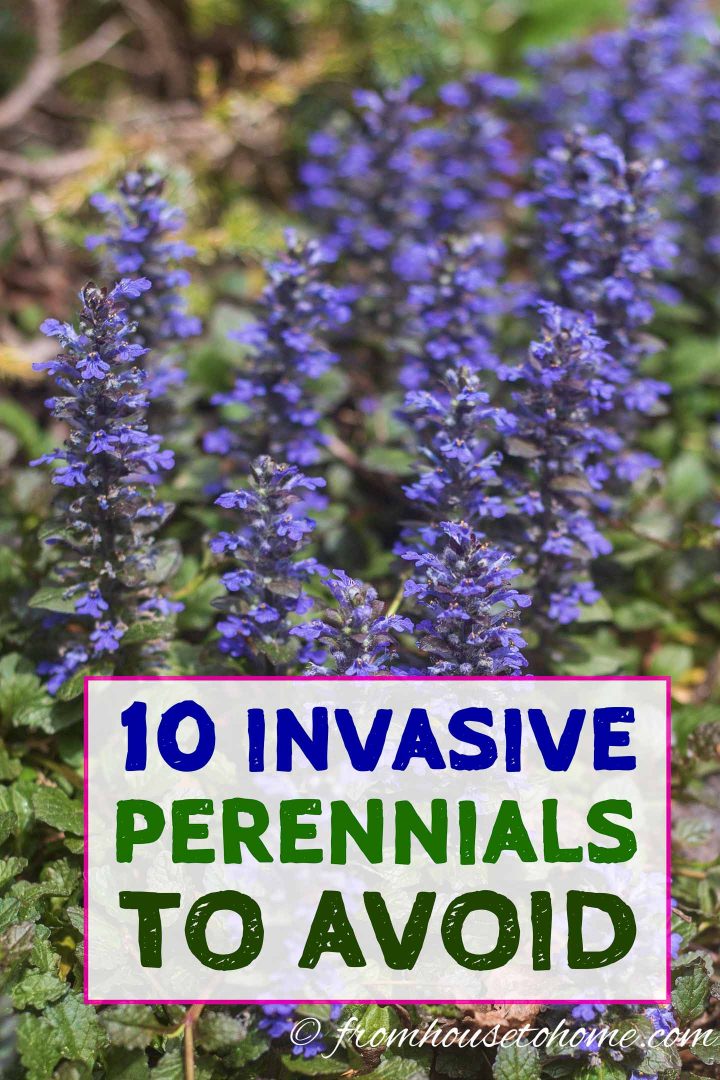
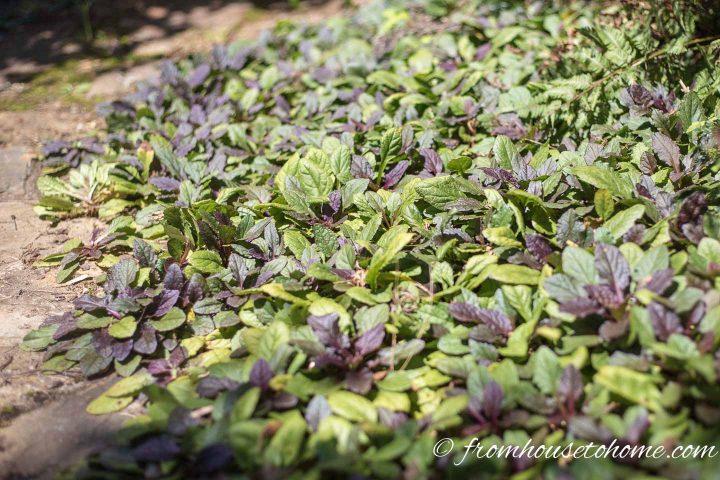
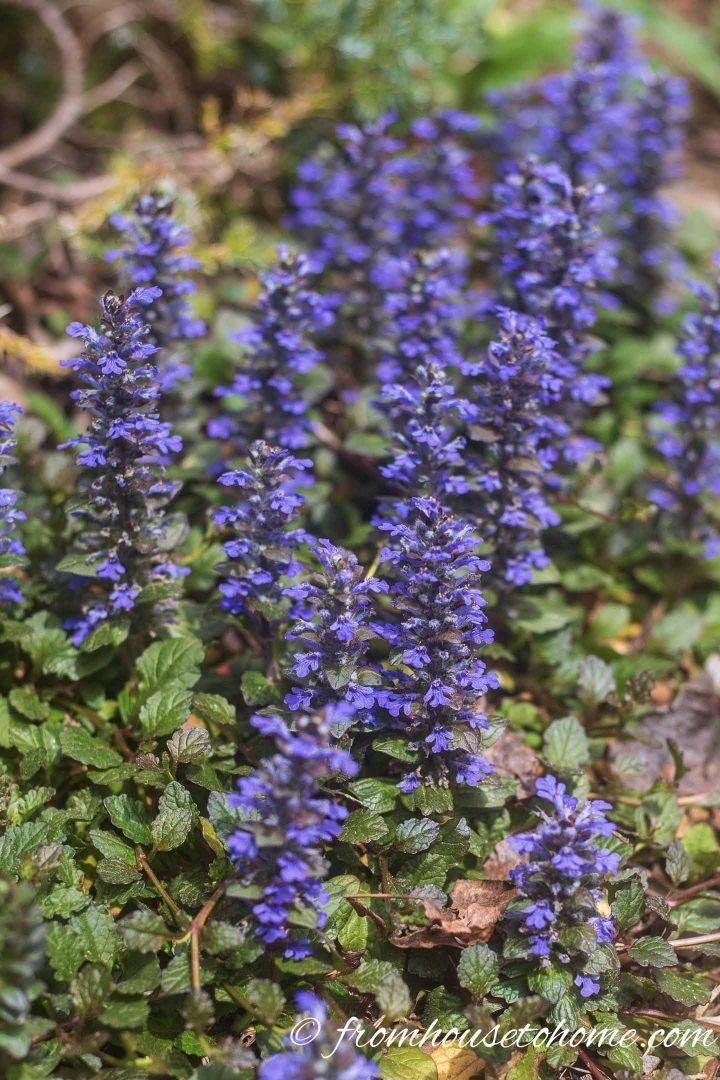
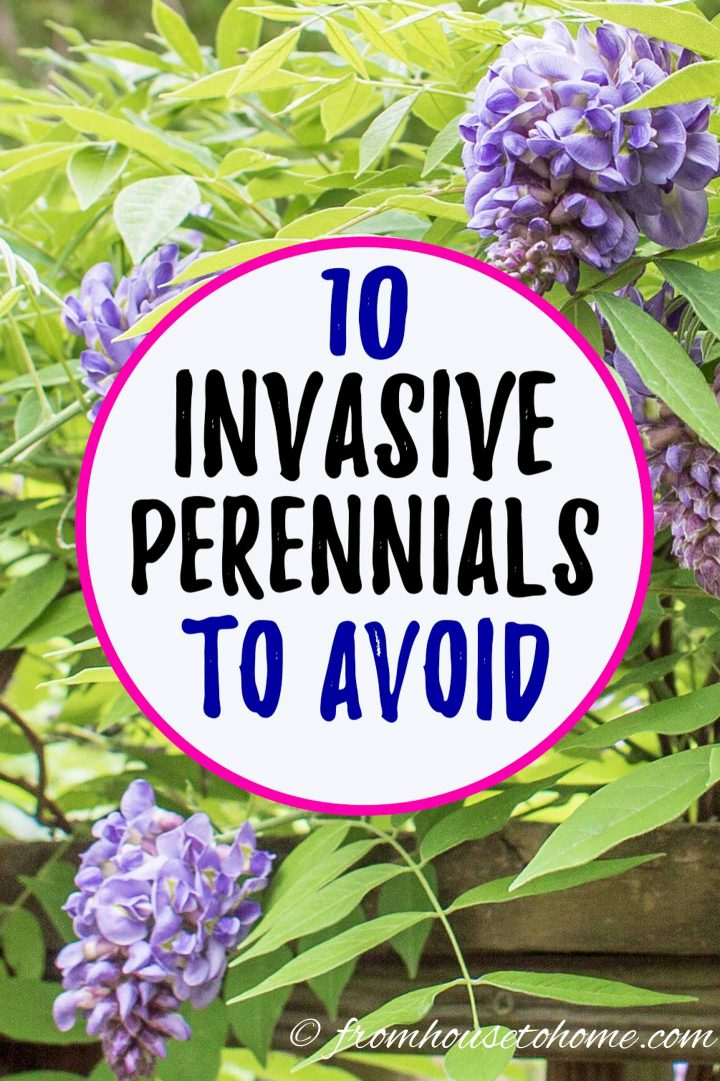
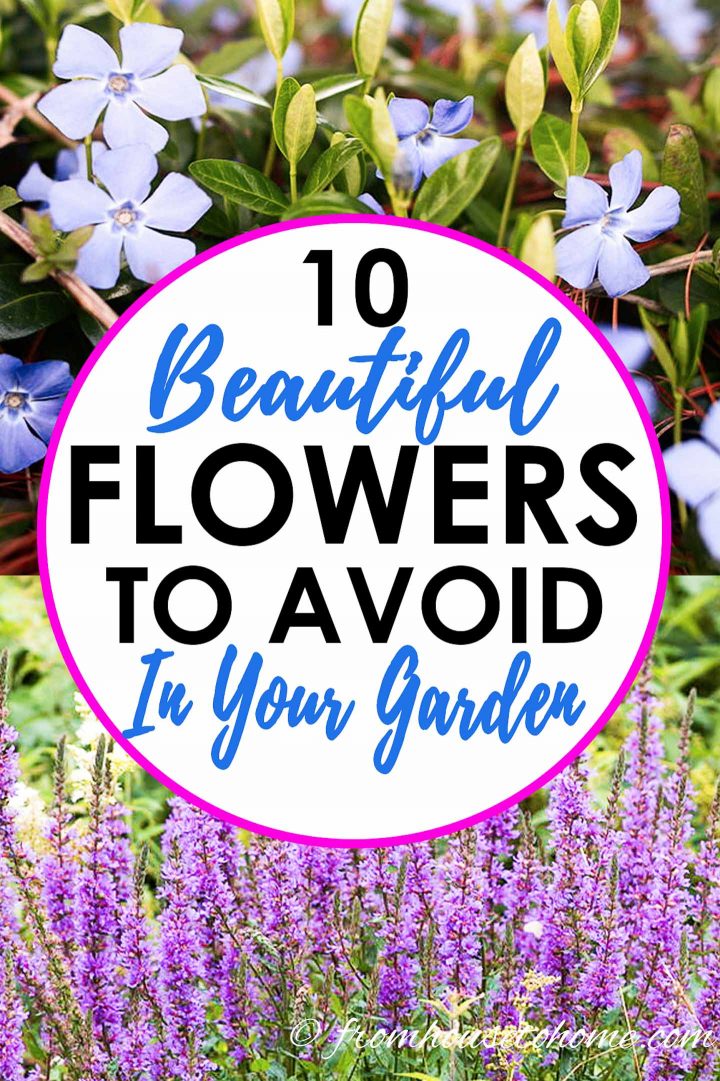


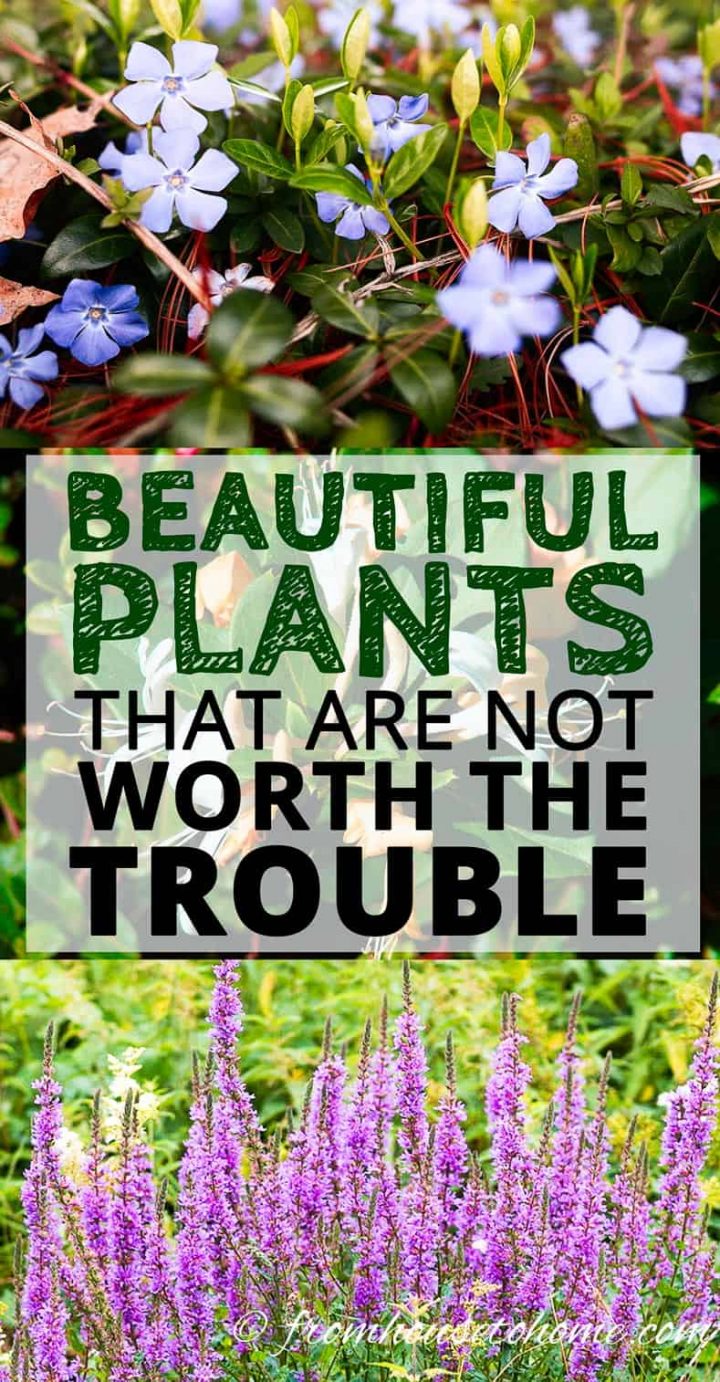
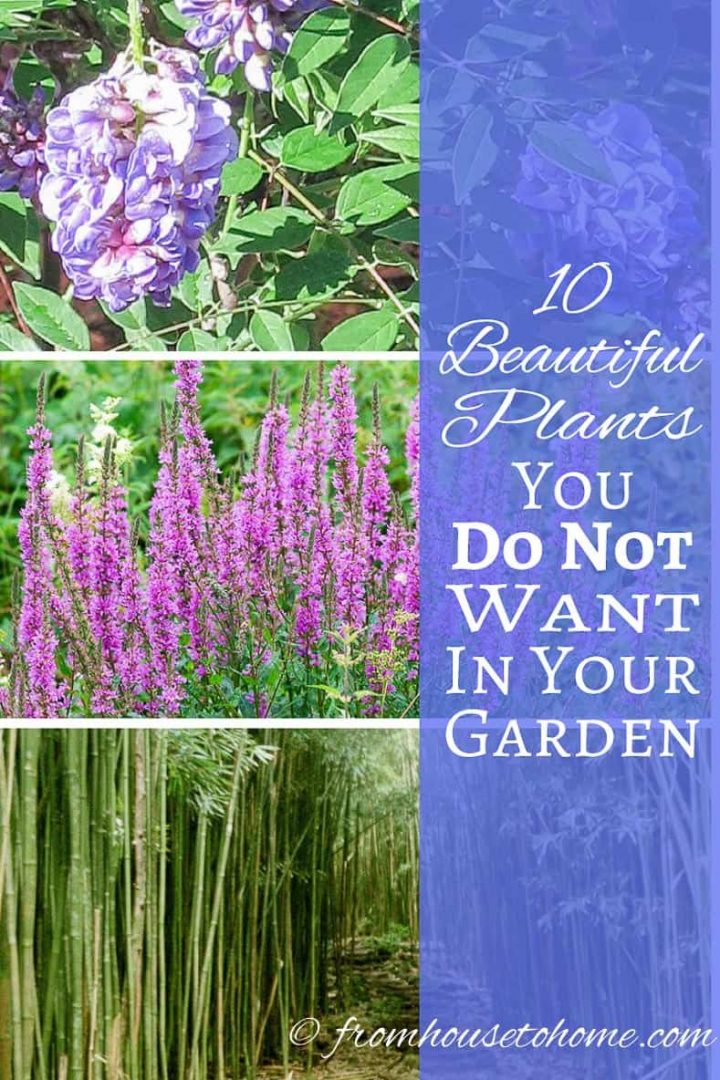
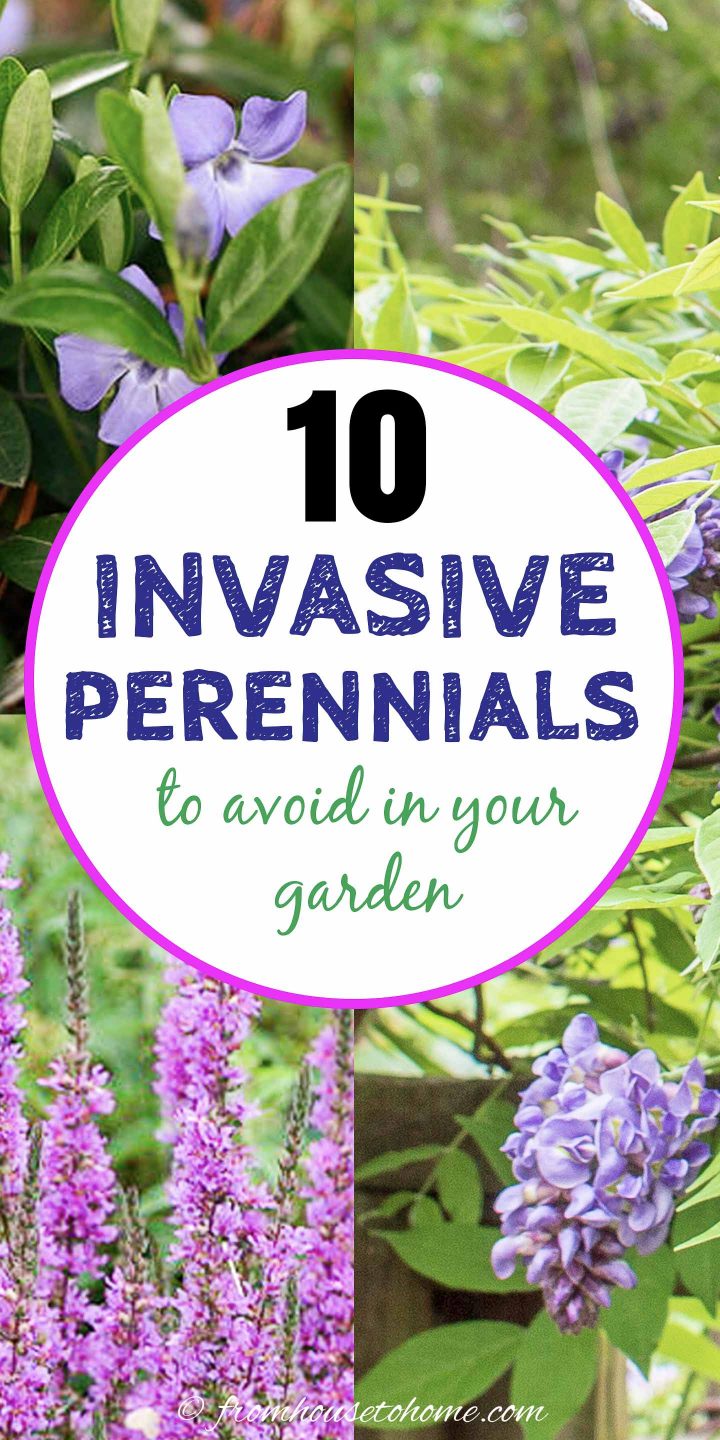
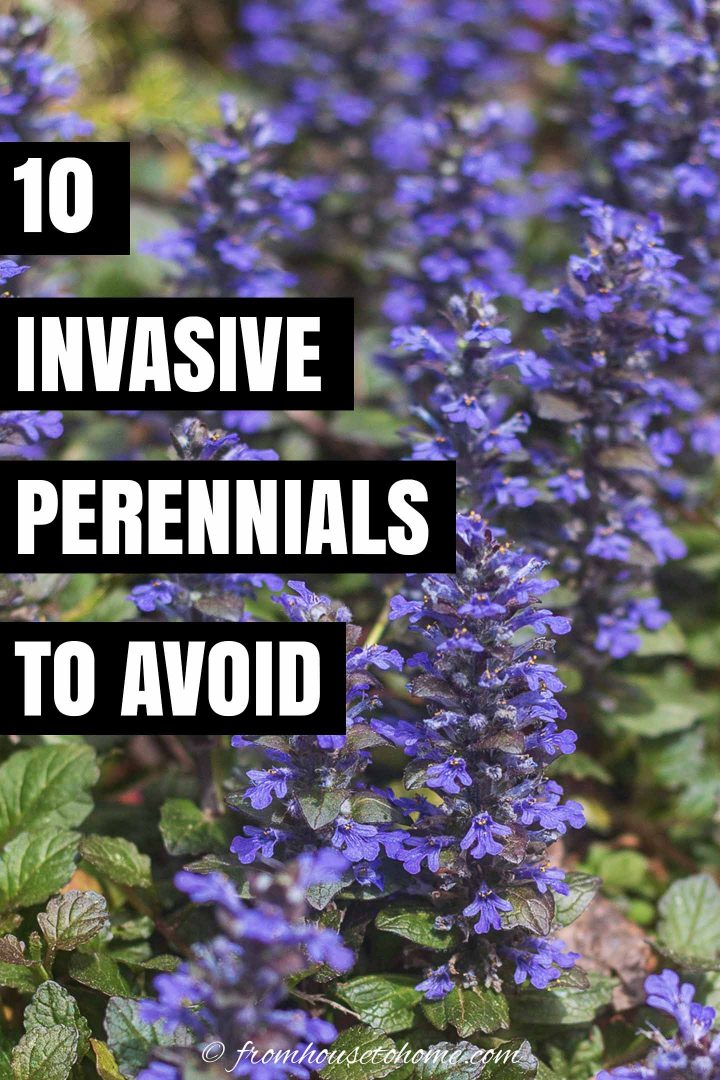
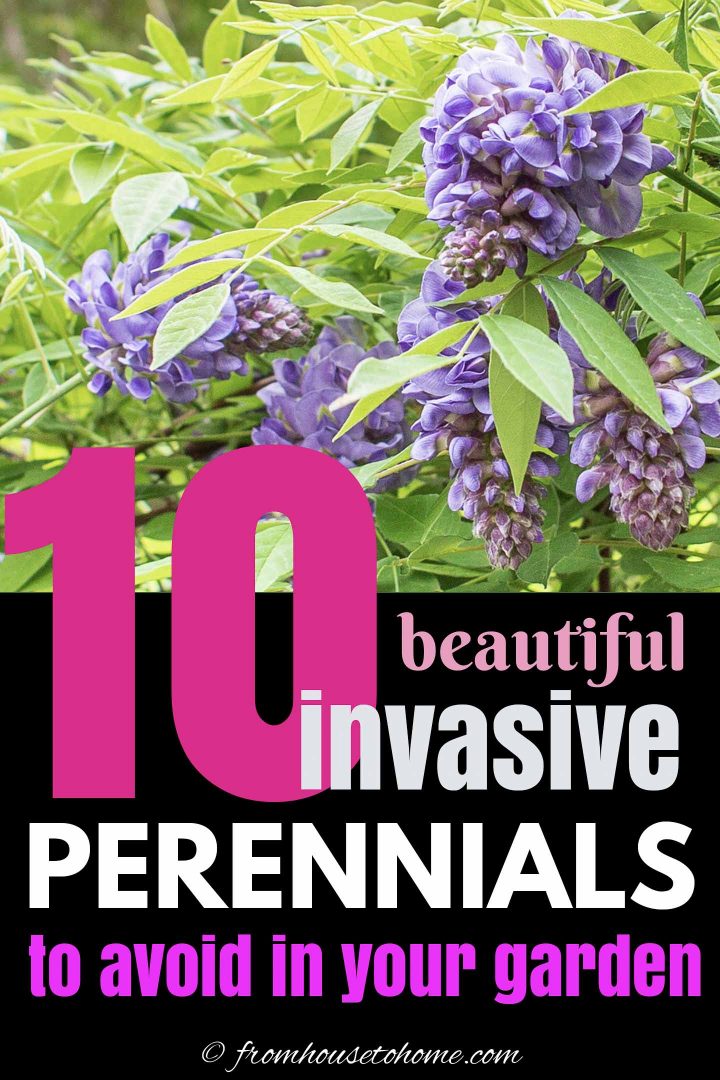
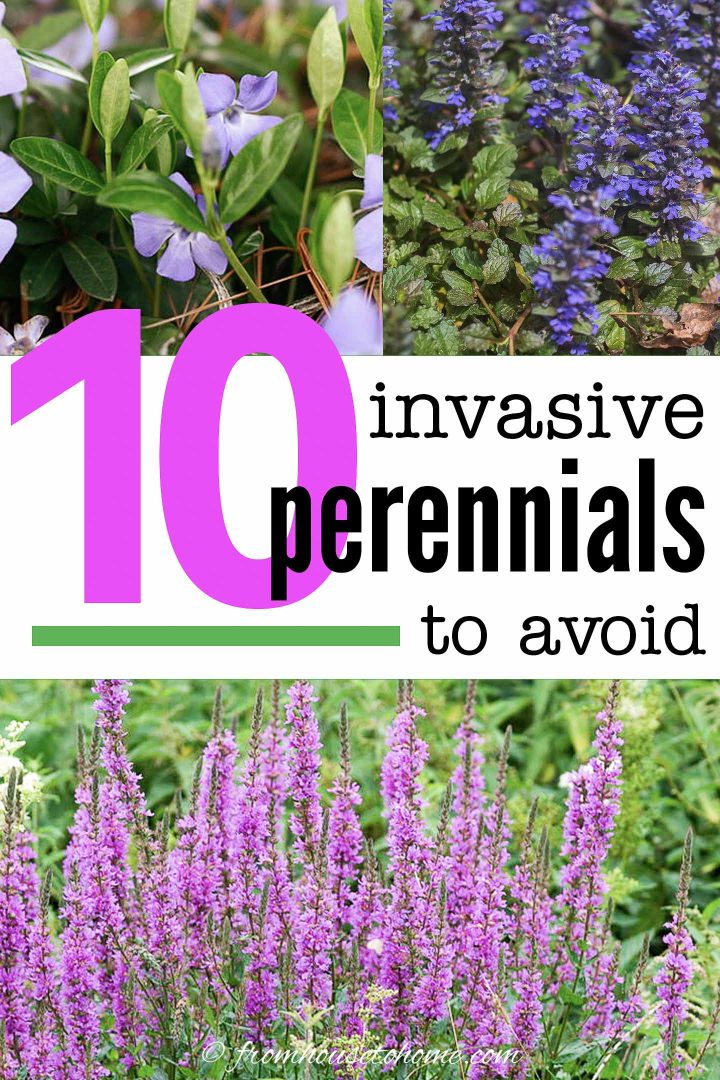
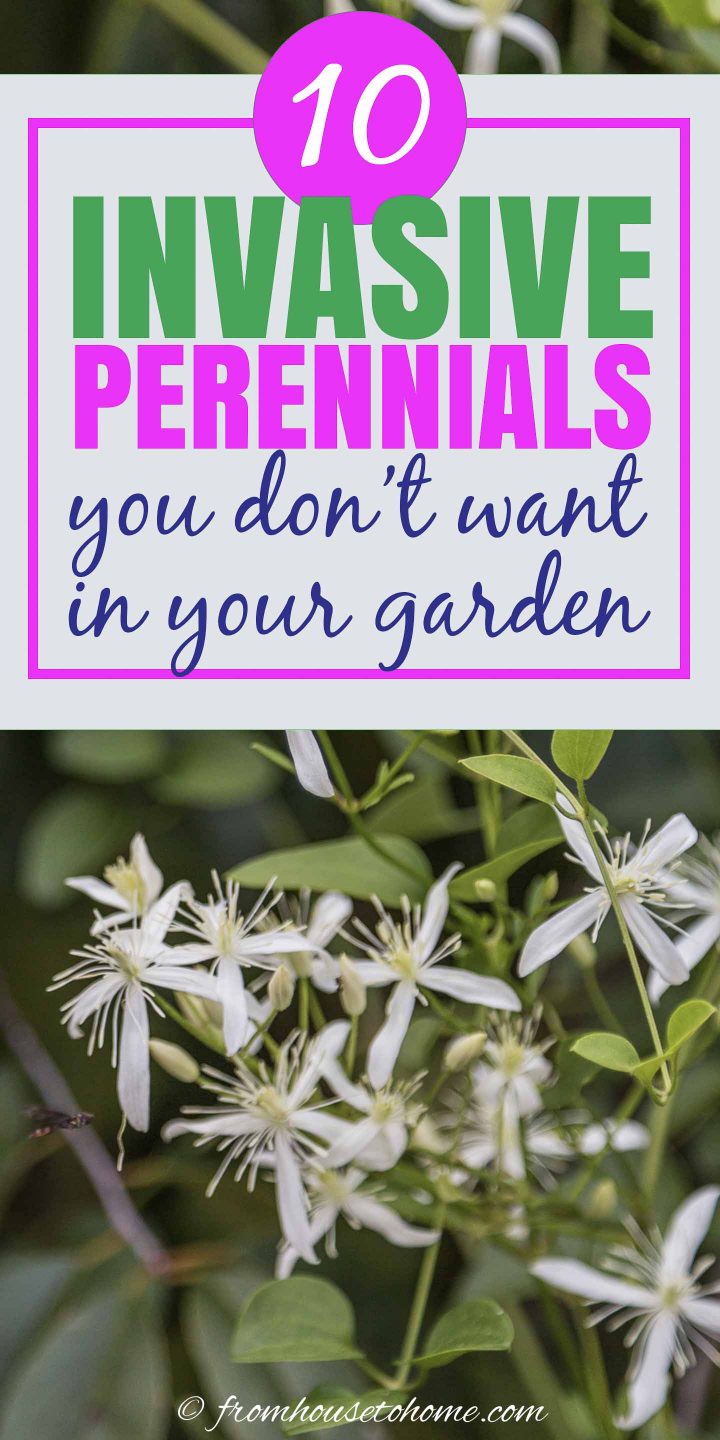
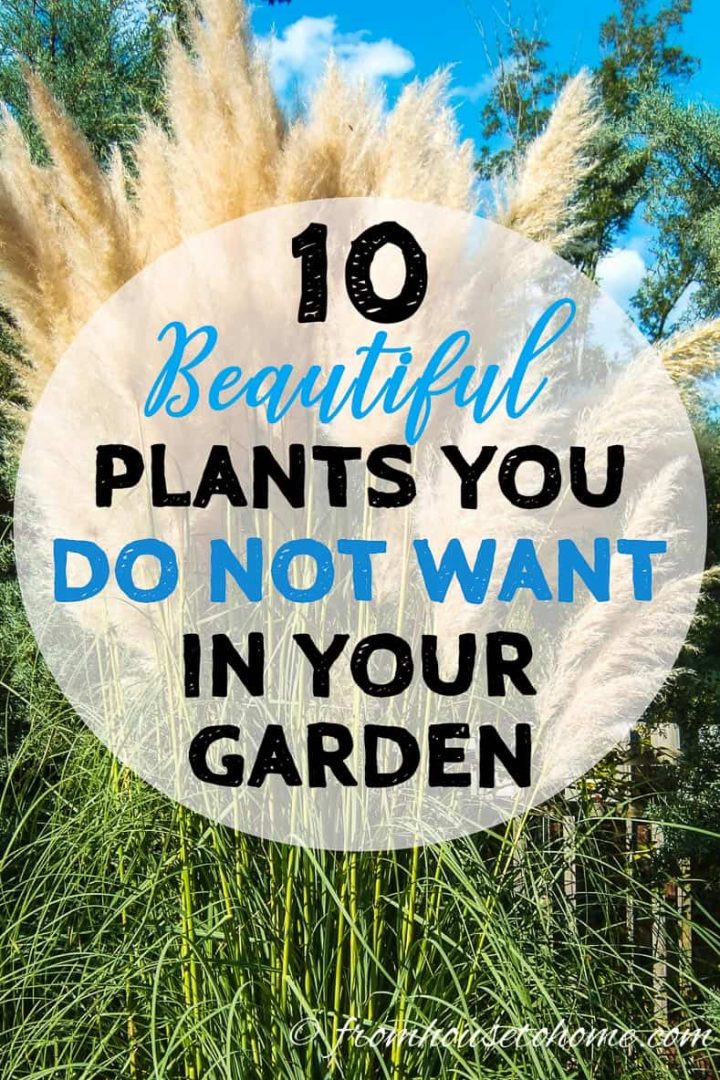

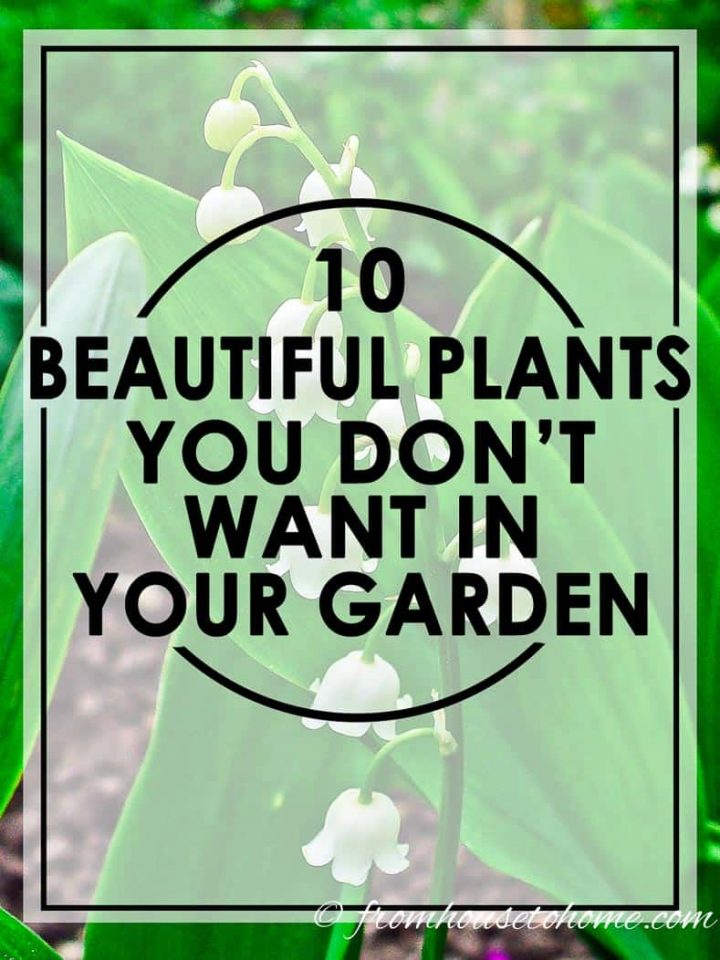
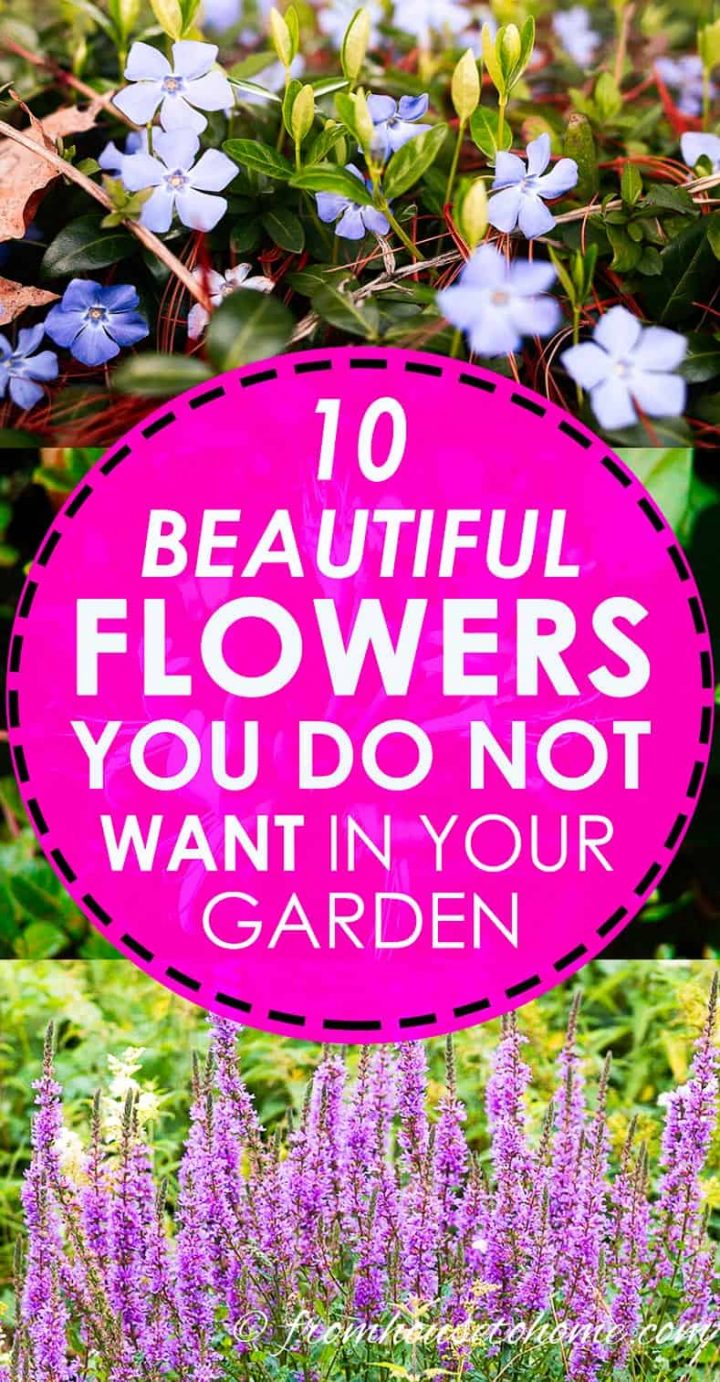
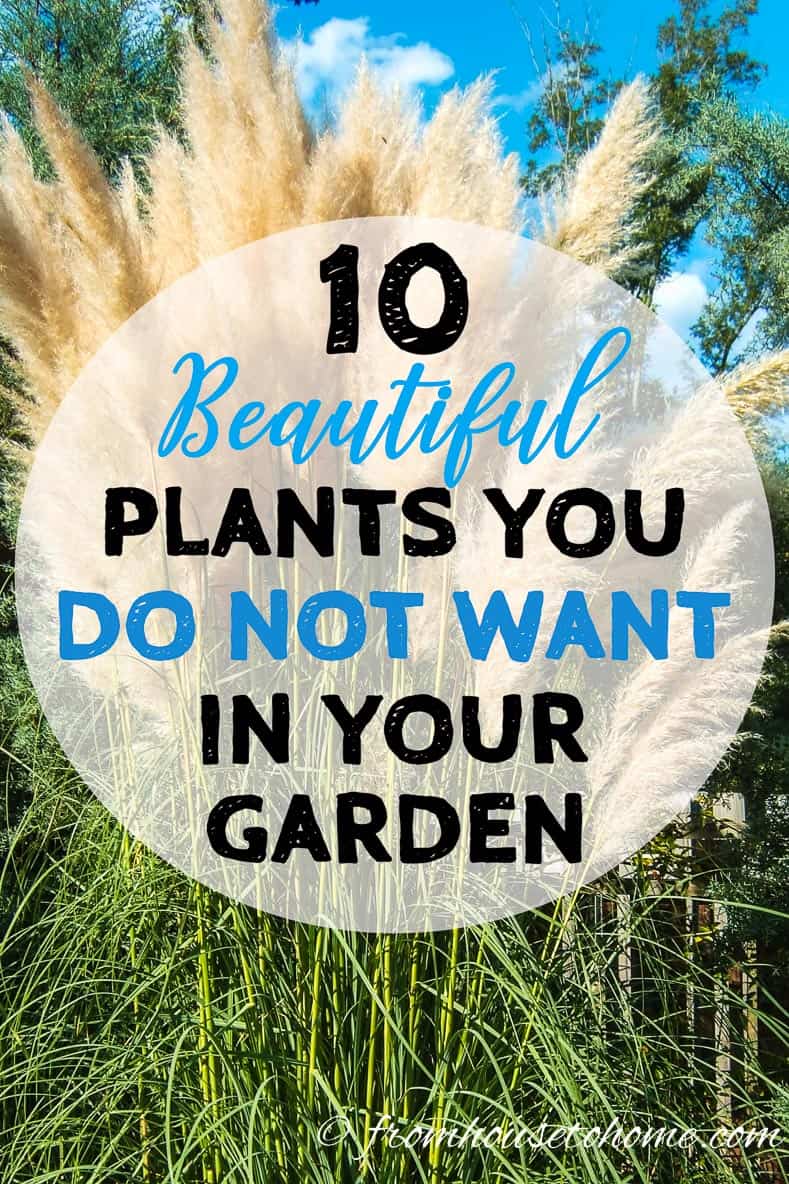
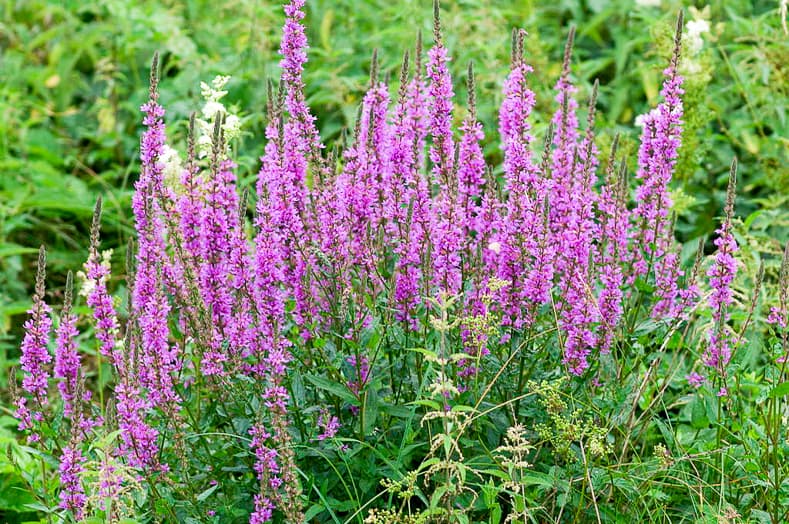

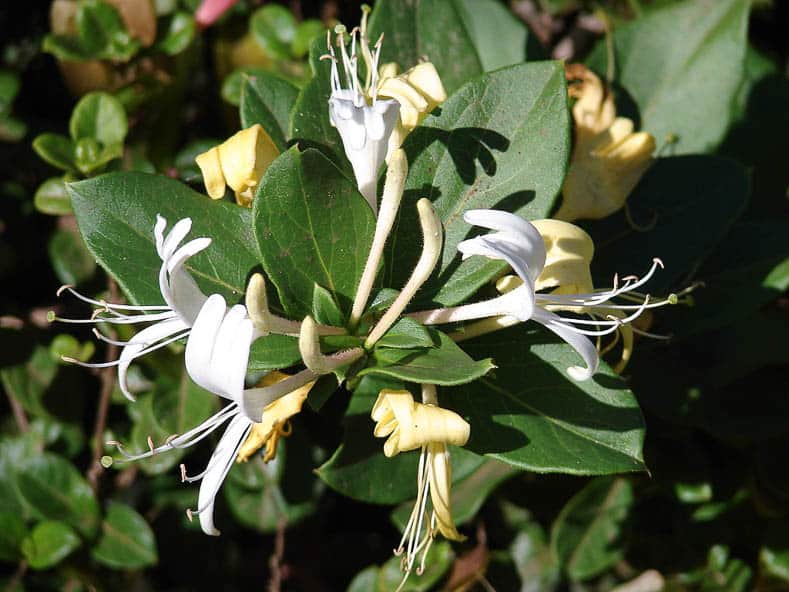
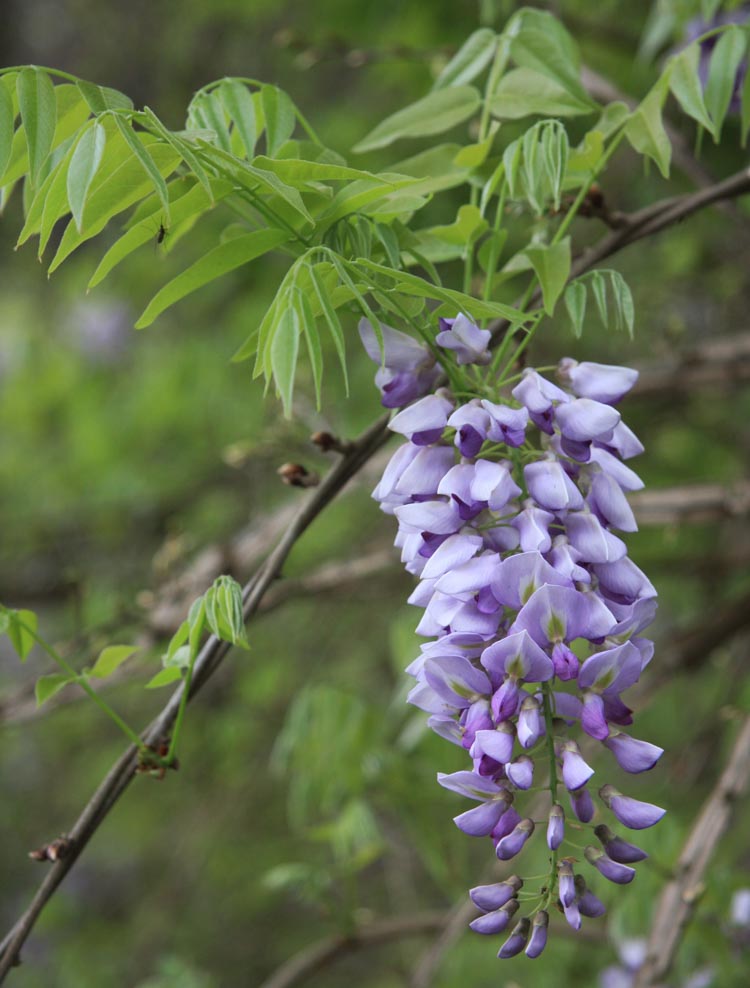
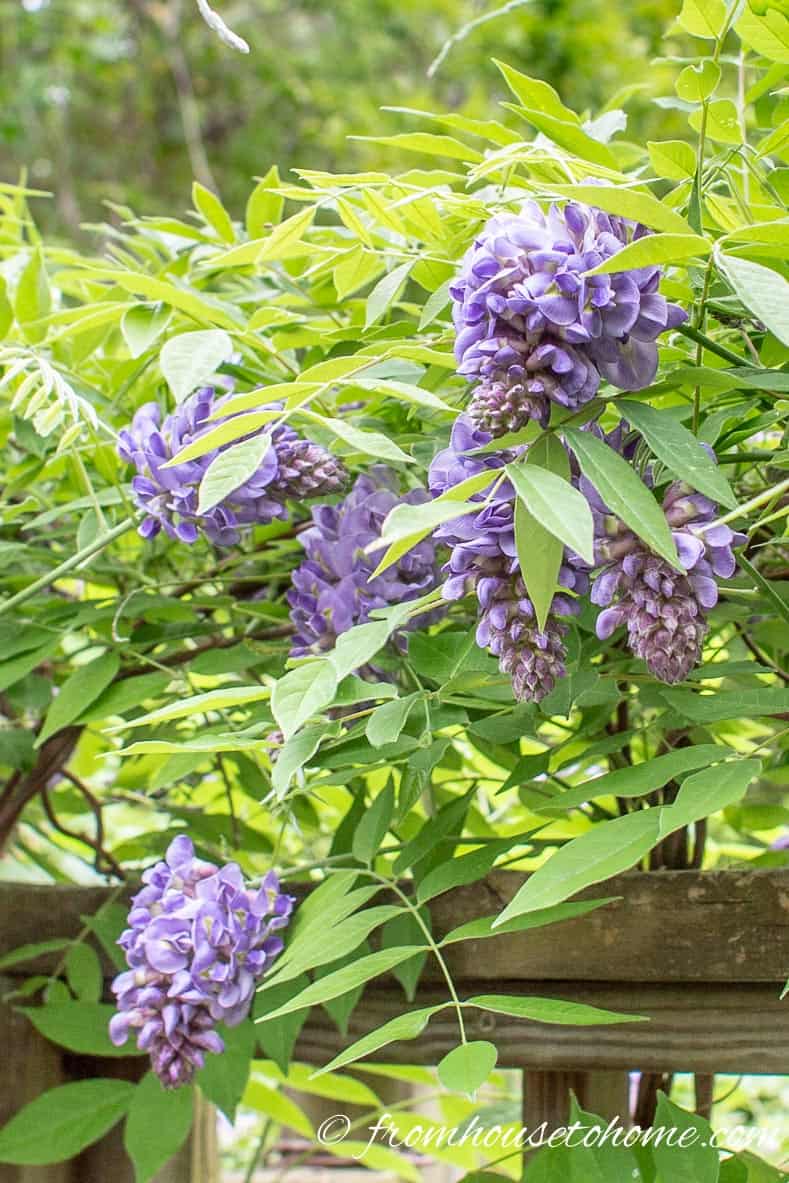
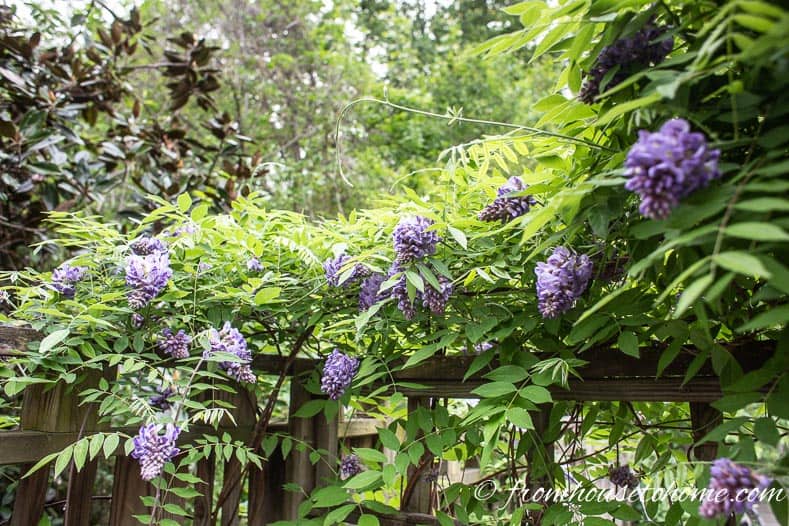
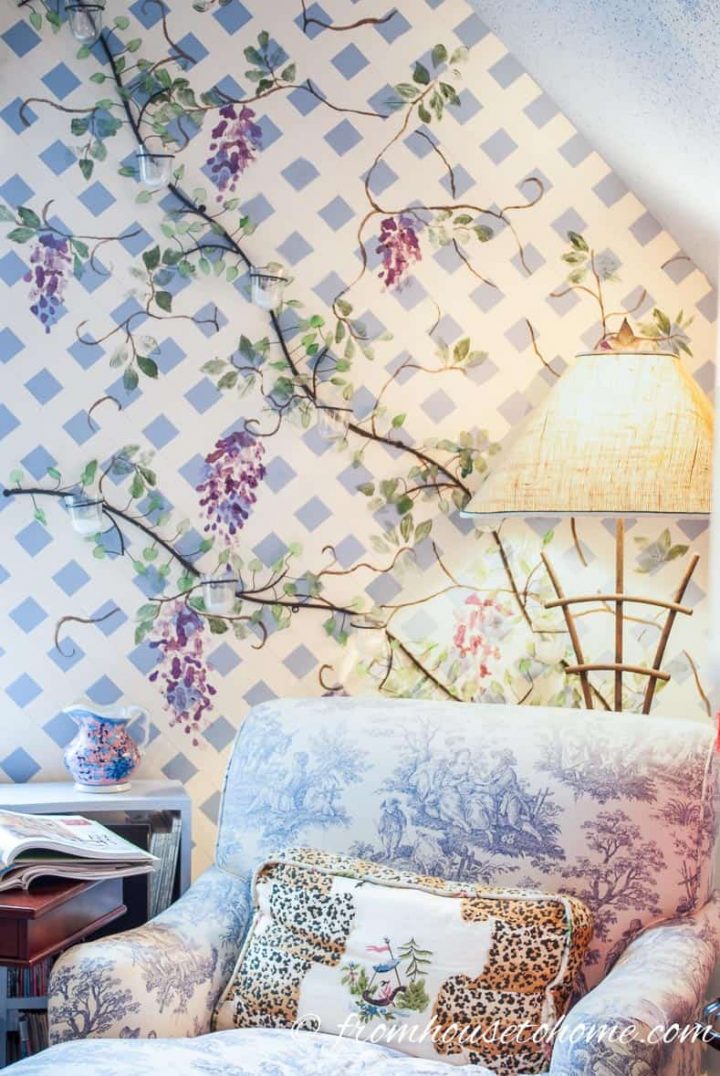
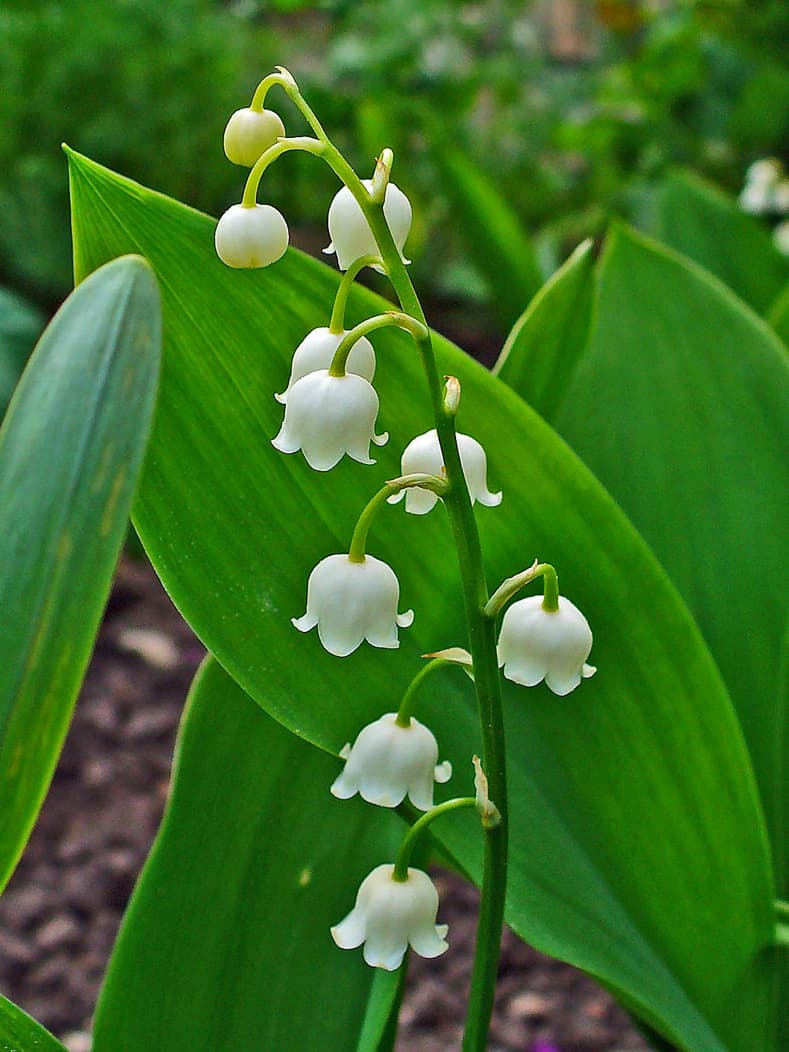
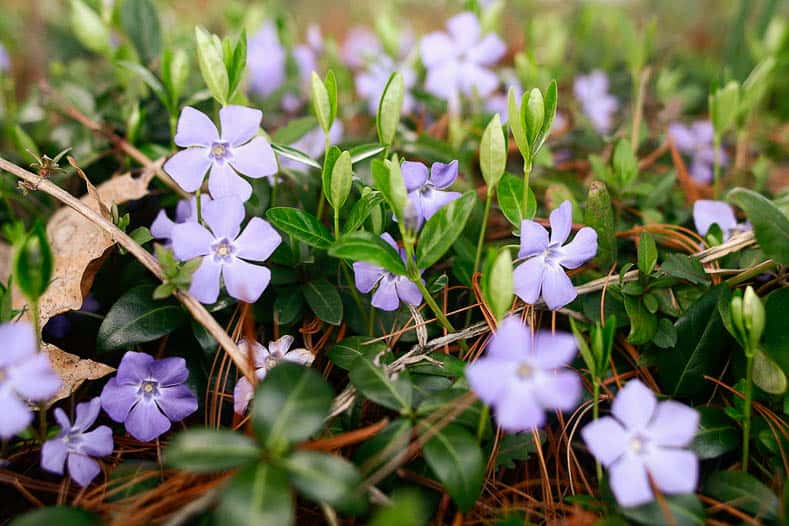
![English Ivy by MurielBendel (Own work) [CC BY-SA 4.0], via Wikimedia Commons](https://www.fromhousetohome.com/garden/wp-content/uploads/sites/12/2017/01/hedera_helix_juvenile_leaves.jpg)


Boy I’m sure glad I read the comments I have quite a few of those in my yard and I am now going to set about trying to eradicate them !I have the 1 wisteria bugleweed, English ivy creepers already in my Woods along with a wild type of bamboo that is threatening to take over my yard and that’s just some of them looks like I’m going to be doing a lot of work this summer thank you so much everybody for all the wonderful different plants I now know to eradicate!!!
It sounds like you have some work ahead of you 🙂 Hopefully you’ve caught them early enough that they won’t be too much trouble.
The trumpet vine. Its a fast grower springing up everywhere Not worth the trouble Some years I don’t see the hummingbirds some season and when I do it’s later when the blooms are going . So this vine is a no for my garden
I have trumpet vine in my yard. That one is very invasive.
Thanks for the addition to the list, Dolores. I have heard that trumpet vine can be a problem!
Garlic Chives! I live in Missouri, Pike County area. I planted a very small plant years ago…it’s a great filler, blooms clusters of small white flowers that the bees just love and THEN it reseeds! I thought to myself…great! Not so great, it’s EVERY where!😬😬😬😬. I hate using Roundup so I’ve tried everything else to no avail. I just get on my knees and start digging! It’s tough and hard to eradicate, but it’s the ONLY way! Regular chives is fine, just don’t get garlic chives.
Thanks, Pat! I forgot about garlic chives…I’ve tried them before and had the same issues 🙂
I have a burning bush that just won’t stop putting out babies, I’m constantly pulling out small trees, i cut all flowers off to keep it from spreading, this tree is very invasive, don’t plant in your garden, unless you want more. Bad plant.
Thanks for the addition to the list, Donna!
Sumac. You can’t get rid of it. If you pull it up it spreads. Lowes was selling it as a bush a couple years ago when I worked there. I felt bad for people that bought it. It’s a nuisance. My garden is overrun by it.
Thanks Bekki! I hate it when I see stores selling plants that are invasive.
Mugwort, creeping charlie, and lillies… I am struggling with all. I used to think creeping charlie was the worst but it is easy to rip out once you see it. I have no idea how mugwort got in my garden. It is known for many medicinal purposes but it is taking over a large part of my vegetable garden with underground vines that are deep and quickly extend. (Zone 6)
Thanks for the additions to the list, Kelly. I haven’t tried Mugwort but it sounds like a lot of work!
I’m working on removing Chameleon Plant (Houttuynia cordata) that started as a tiny cutting and is now EVERYWHERE. It’s a beautiful plant with heart shaped leaves and green, pink and white variegation, but it is so invasive. I’ve filled two huge garbage cans with the roots and I”m no where close to eradicating it. Don’t get distracted by the pretty leaves!
Chemaleonn is a very pretty plant but very invasive. How can I get rid of it?
Hi Betty…I haven’t grown Chameleon plant myself, but I’ve heard it’s really invasive. The only way I know to get rid of most invasive plants is to dig them out. Start digging a hole that’s a few inches outside of their reach. Then dig down far enough to get all of their roots. Throw the dirt out. Even then, you may need to repeat a few times to get all of it (but hopefully there will be less of it to dig after the initial round). You can also try weed killers like round-up but I usually find it kills the leaves temporarily but not the roots. So they just grow back.
Chocolate vine!! DON’T DO IT!!
Wandering Jew, it vines a little. Has blue flowers on it seeds prolifically and comes up all over don’t plant it. I have been trying to get rid of it for 50 years. Ugh!
Thanks, Wynona! I haven’t tried to grow wandering jew outside, but I definitely won’t be now 🙂 50 years is a long time!
Hey Wanda,
You forget to mention Wandering Jenny. I planted that along with Periwinkle and together, those two are being very bad to all the surrounding plants and I am forever having to pull them out.
Love gardening, but don’t like plants that crowd others out.
Thanks for a great post!
Hi Trish…you’re right…I did miss that one!
Plumbago is taking over my flower bed. It spreads by underground roots making it impossible to contain. Don’t do it!
I have St John’s Wort growing in a flower garden. My grandmother planted it years ago.. I’ve been trying to get rid of it however it just keeps spreading and it has spread up a wooded hill! Beside just continuing to dig it up each spring and fall how can I get rid of it. It has beautiful yellow flowers but is very invasive! I also have bamboo and it didn’t seem invasive until I started fixing shade flower beds and now it is spreading to a creek that runs behind our house!
In defense of bugleweed, I grow it joyfully in my back garden and absolutely love it! I have the variegated Burgundy Glow, and it behaves very well (Zone 9). I intentionally divide and encourage it, and it has never become a problem. One of my favorite plants – practically glows in the evening light!
I’m jealous, Laura! I have that exact same Bugleweed. It’s so pretty, but in my garden it takes over everything!
We have wisteria and it’s unbelievably invasive. It even came up through an asphalt driveway. It roots can run so far underground and pulling it up will tear up your yard.
Hi Laura…It really is! I took out 2 Wisteria plants in my yard about 10 years ago and I’m still fighting with them!
Goldenrod, the roots are all over our yard. Enjoy Goldenrod blooming along the highways/roads, DO NOT bring them in your yard.
Good advice, Theresa! Thanks!
I live in Missouri and black eyed Susan’s, rudbeckia have taken over my flower beds. I pull it by handsful but next year it is back
Thanks for the addition to the list, Kathleen!
Cleradendrun, another underground plant. I love the burgandy and green leaves and the so fragrant flowers, but I regret planting it. I wonder if keeping these kind of plants in a pot would help.
Suz
Thanks, Nancy! For the plants that spread by runners, I think growing them in pots is a good way to have them in your garden and keep them contained.
Clustered bellflower… wonderful as cut flower, will take over flower beds and lawn. The bane of my 4 month growing season in MT
Thanks! I have heard that bellflower can be a problem. It must be pretty aggressive if it can take over with such a short growing season.
I had the same issue with wisteria. I was using round up, didn’t do too much. I found Bayer Advance brush killer plus works great. I cut the plant, use a cheap throw away brush and paint the cut end with it, straight from the bottle poured into a disposable container. Works great! Now and then I find a stray and treat it. Just make sure you don’t get it on your other plants. Use gloves.
Thanks, Linda! I’m going to try that!
Snow on the Mountain spreads like wild fire by underground runners and it’s impossible to get rid of. Looks pretty for shade areas but will spread to other areas.
Thanks, Sally! I have heard that it is very hard to control!
Montbretia/Crocsmia are very interesting when in bloom but they
spread like crazy from one plant. I rip dozens of them out every year. Some iris I have are like that also. Lots of leaves but not many
flowers.
Thanks for the additions to the list, Joanne!
We planted some cat nip, Nepeta cataria in a pot since we knew it could be invasive. The pot was blown over during in winter and we didn’t notice it until late Spring. By the time we noticed, the cat nip had spread into a large bed and from there into the yard. It took some time to get rid of it all. I think any mint could go on the invasive list.
Thanks, Jean!
My problem is wild strawberries, delicious, but are everywhere in my garden.
Hi Sandra…I have that problem, too! I even tried to contain them in raised beds and that didn’t work either.
Wood violets are very invasive. They are taking over my daughter’s St. Augustine yard.
Thanks for the addition to the list, Ellen!
Rose Of Sharon- My neighbor planted them along his fence which borders my back yard. The blossoms fall into my border garden & I spend all summer pulling them up. The roots are longer than the plant. They are all over my back lawn too.
Thanks, Janice! I have some experience with Rose of Sharon seedlings, too. And I agree…they are really hard to pull out!
Virginia Creeper, Russian Sage, Muscari Grape hyacinth wish I had never planted them. Will be working the rest of my life to try and control and get rid of these plants.
Love this site…….live in TX if you ever plant wedelia and don’t want it to invade everything in sight, plant it in a restrained area……hardy, easy to grow groundcover with bright yellow flowers, but WARNING it will take over if not bound by borders!
Thanks, Deborah!
Persicara (Red) is very invasive too. Left unchecked it goes everywhere!
Thanks, Pauline! I haven’t heard that before, so good to know.
Add Chameleon ground cover plants!!! Their roots travel under sidewalks and concrete driveways!!! Horrible plant!
Thanks for the addition, Pat! I have heard they can be hard to keep under control.
Mint. Any kind of mint. Will grow forever and spread forever. Pull it all and miss a speck, you’ll have a whole new garden full in a year.